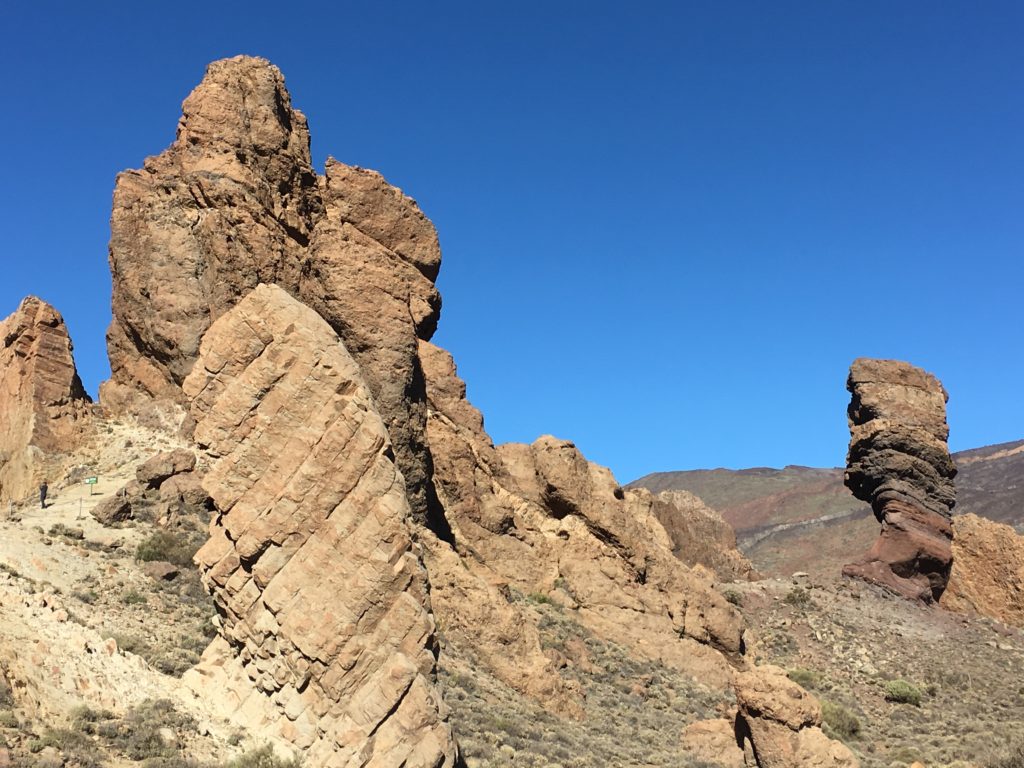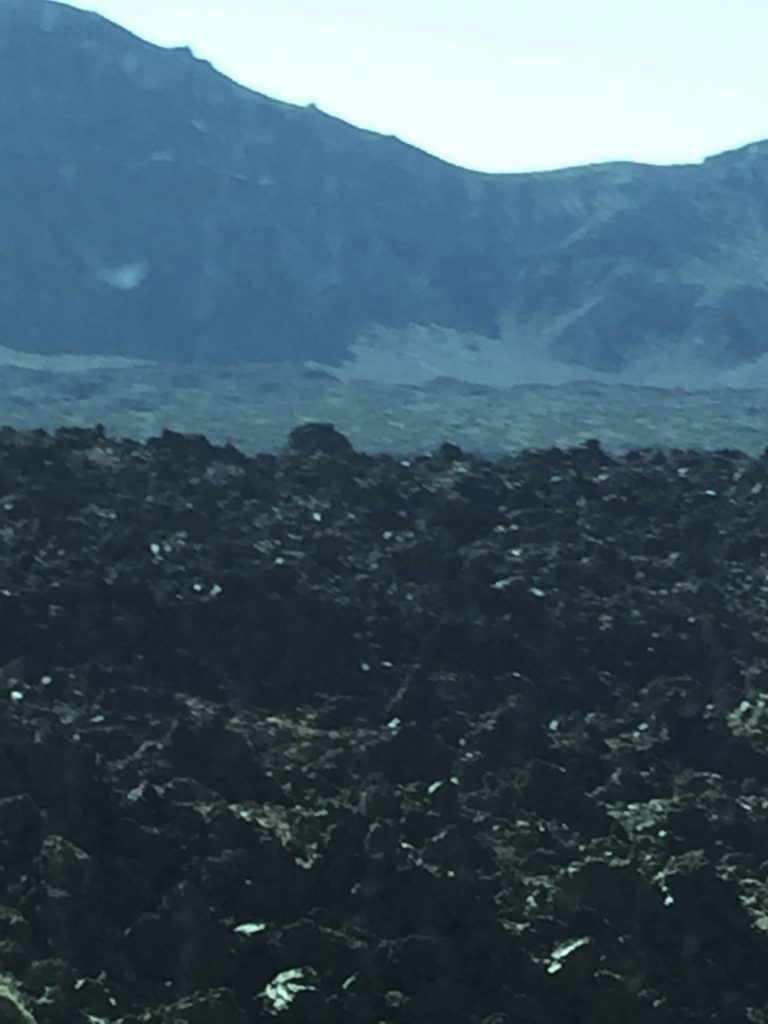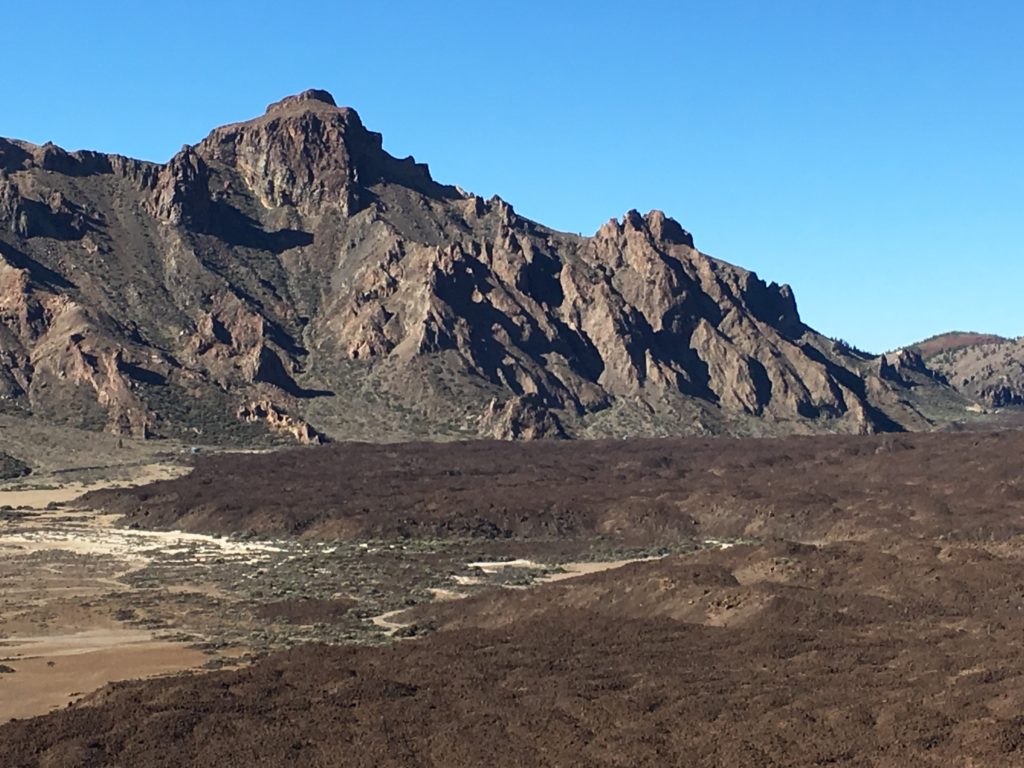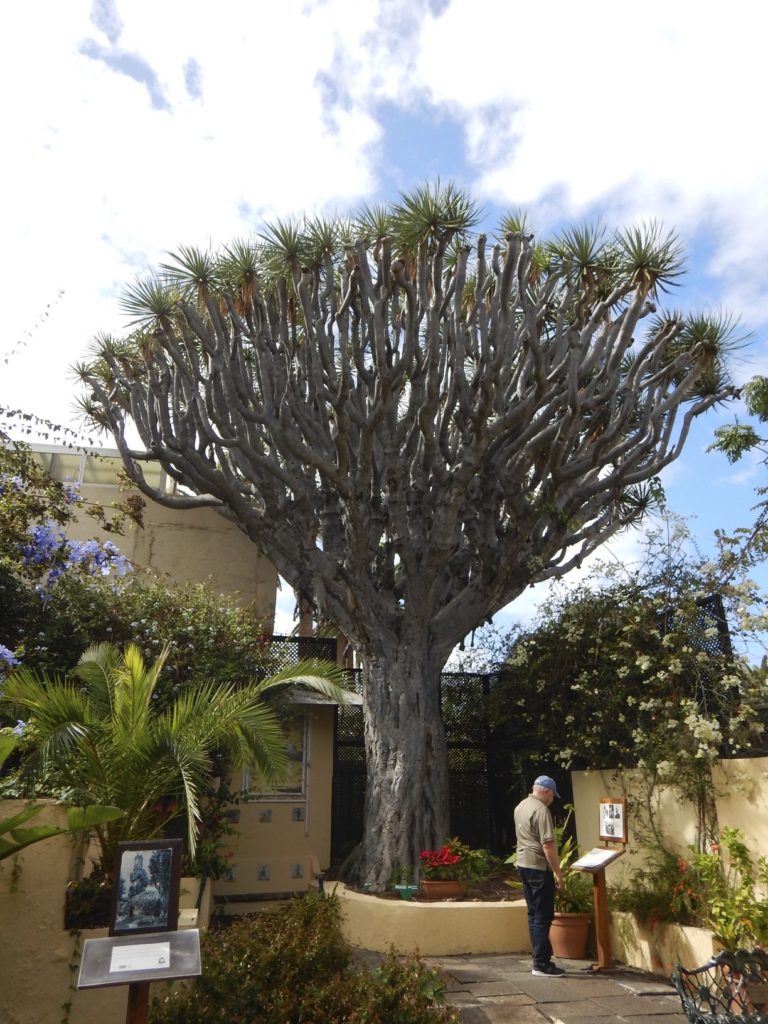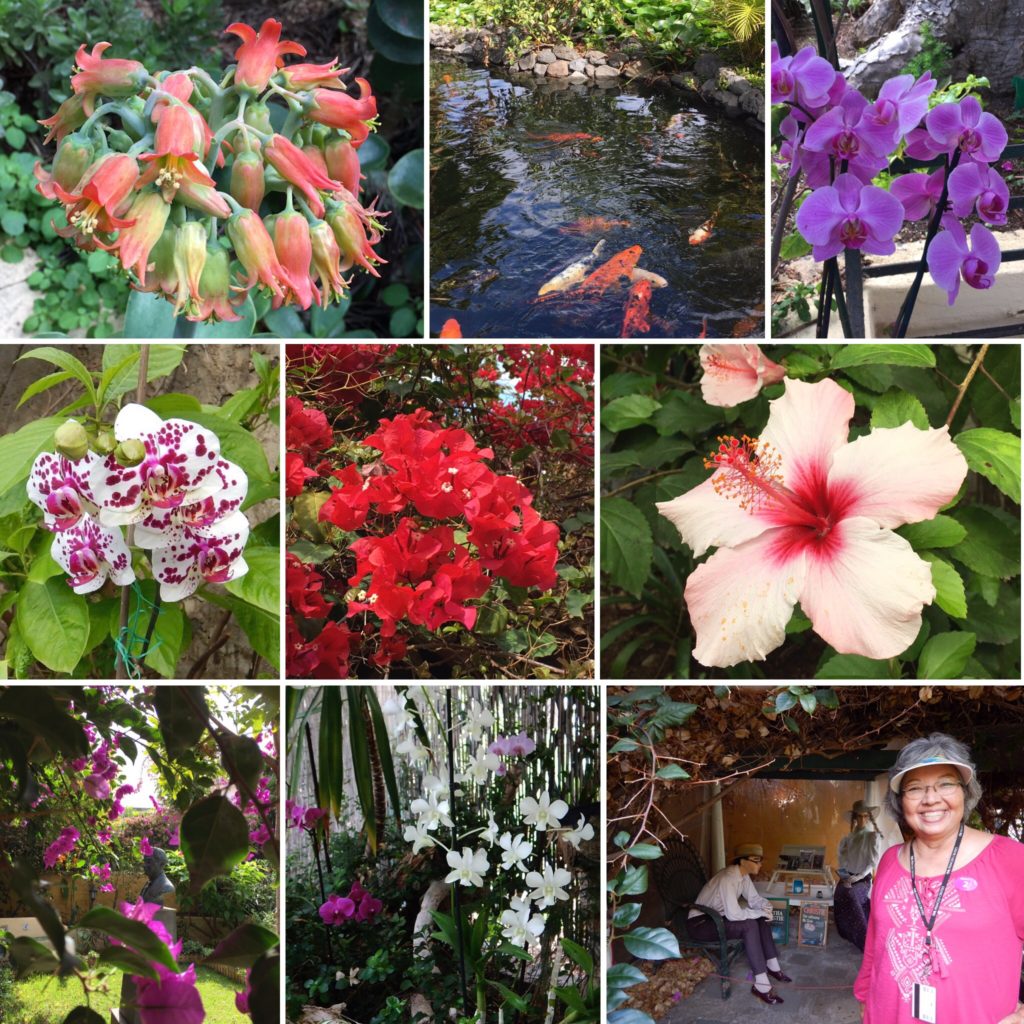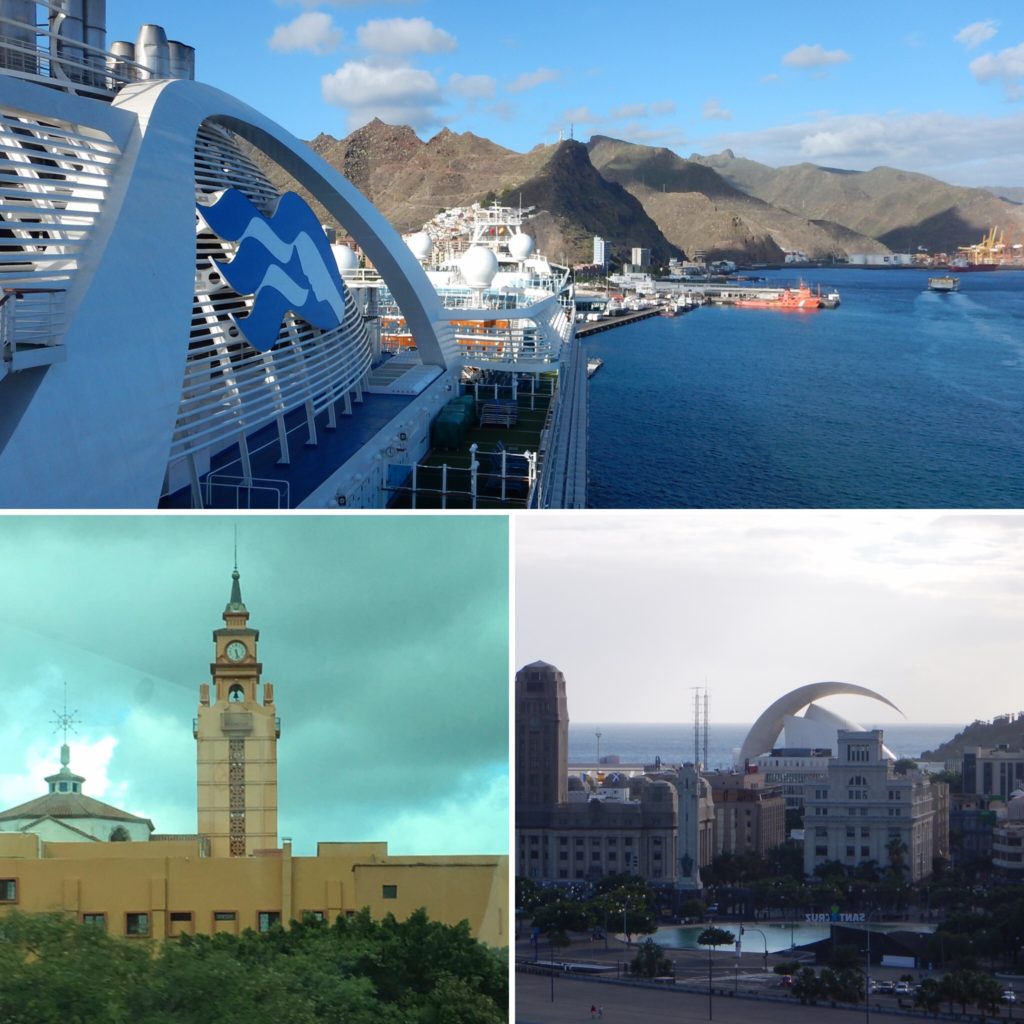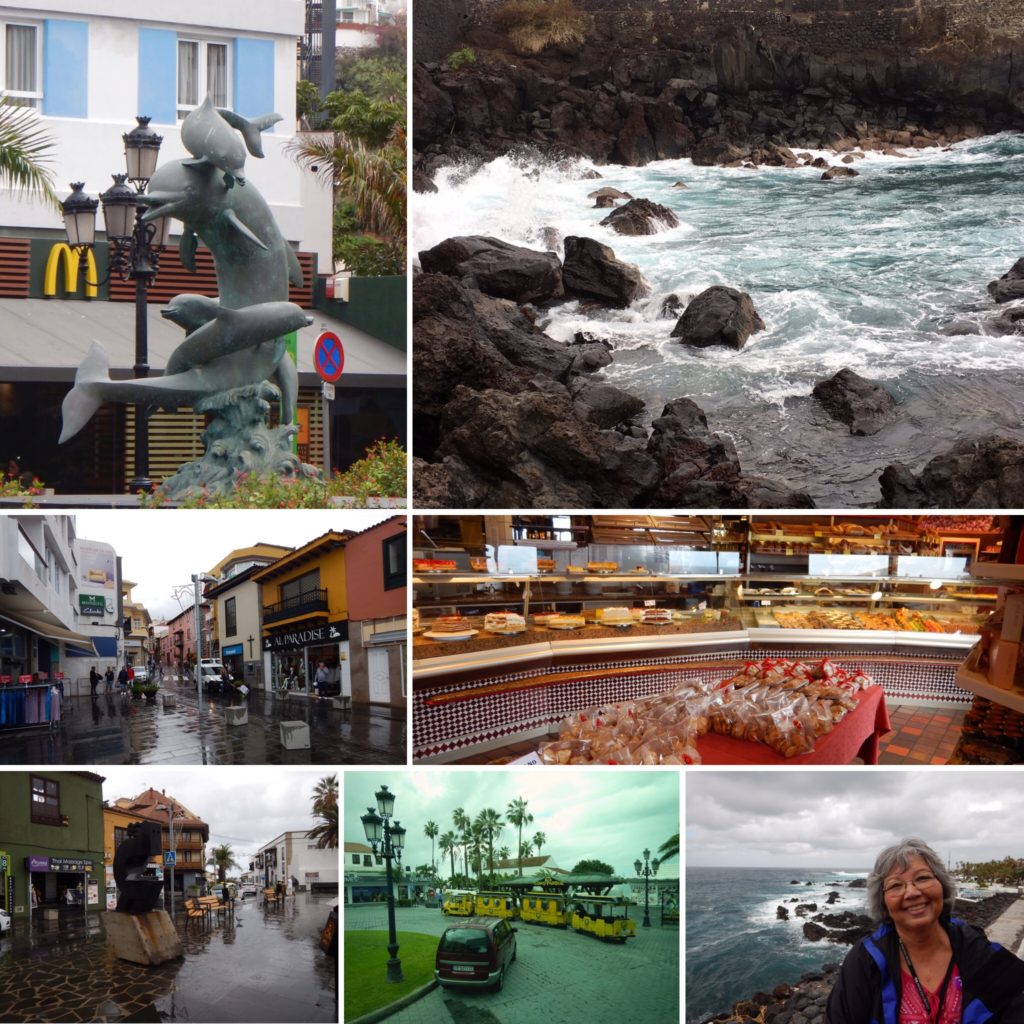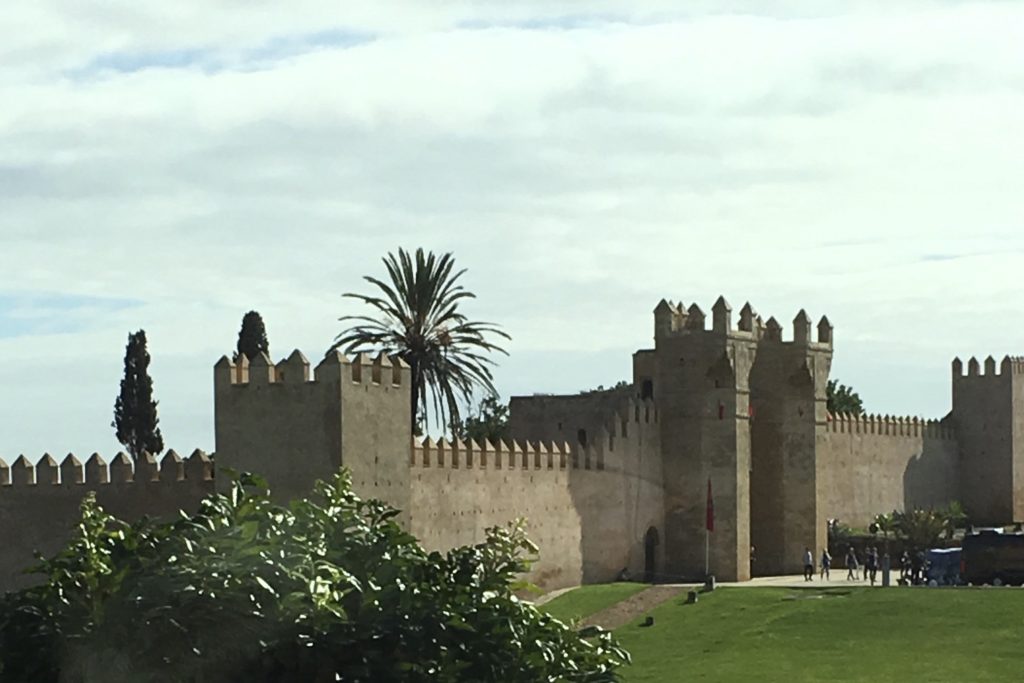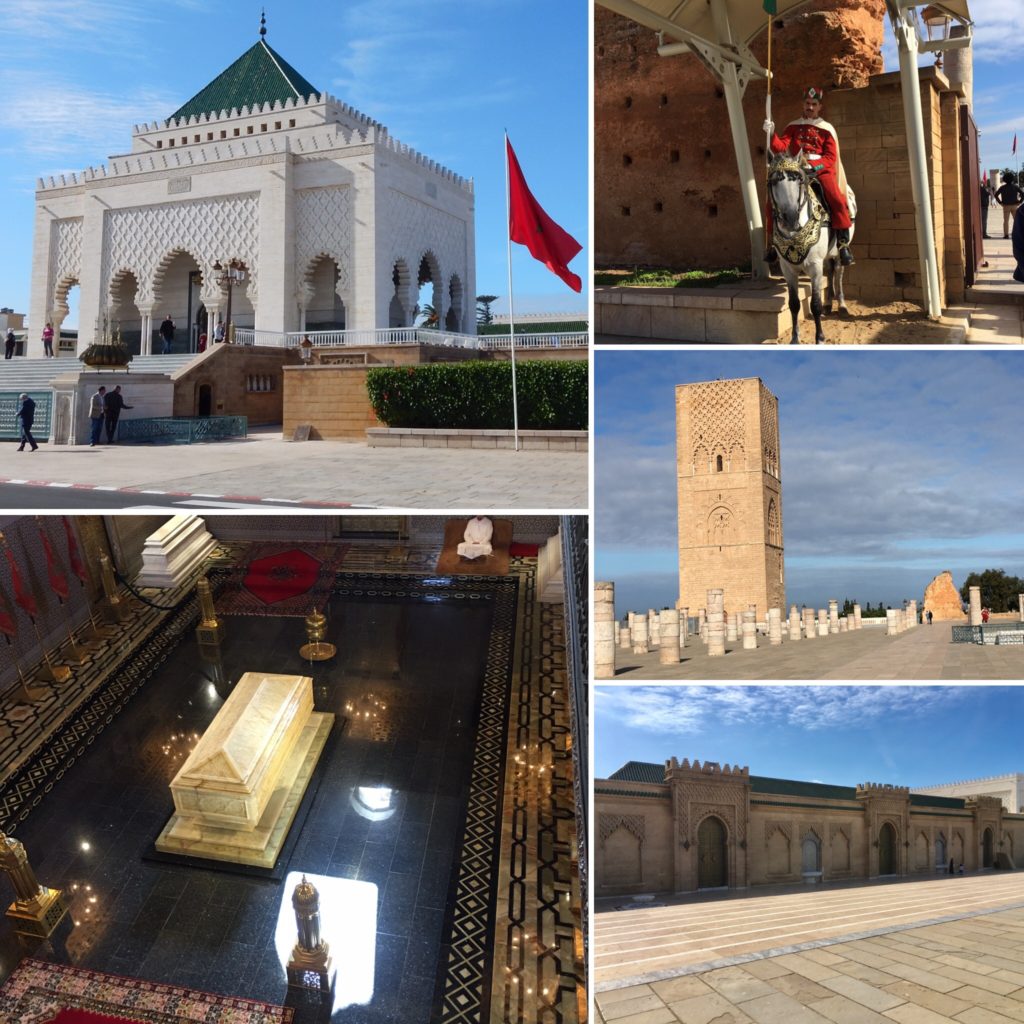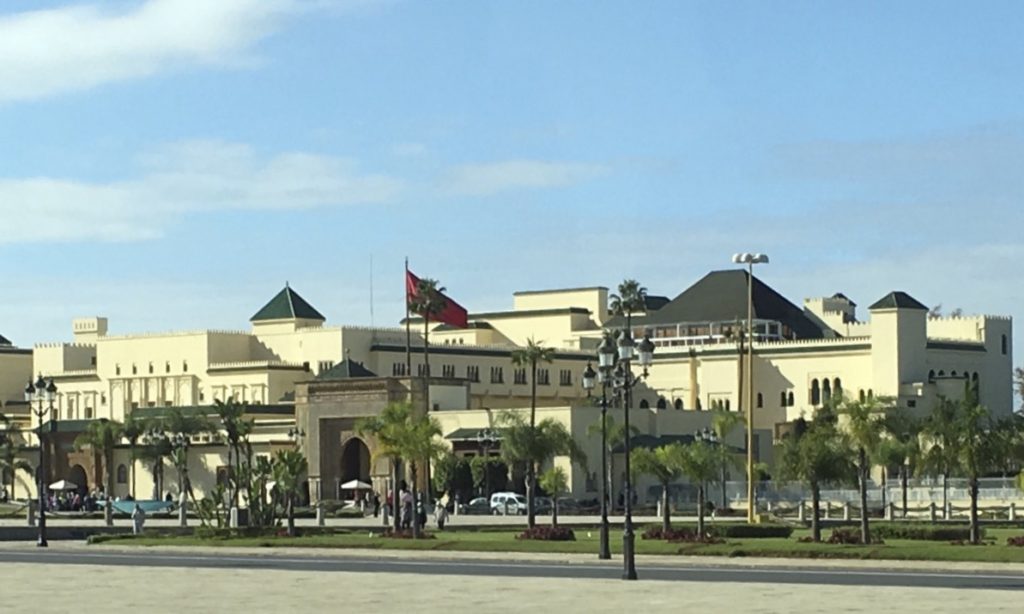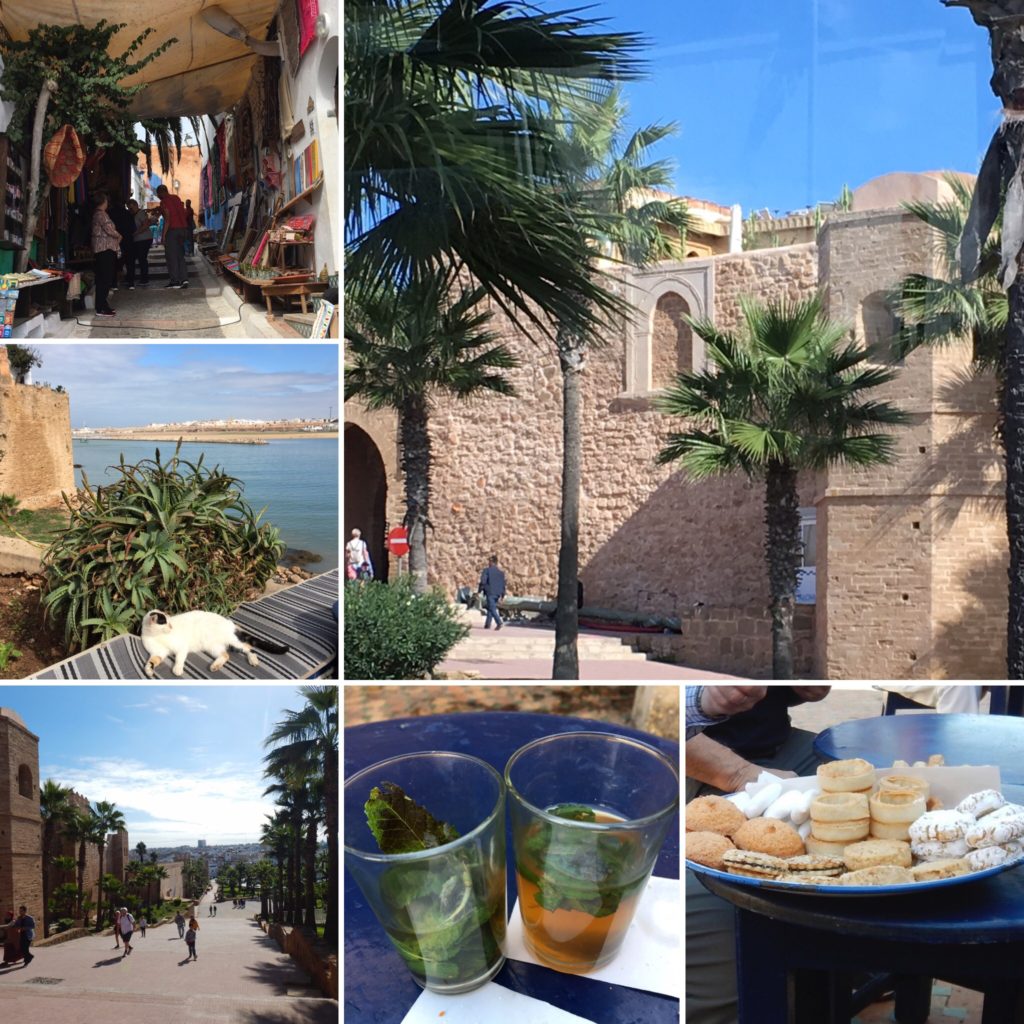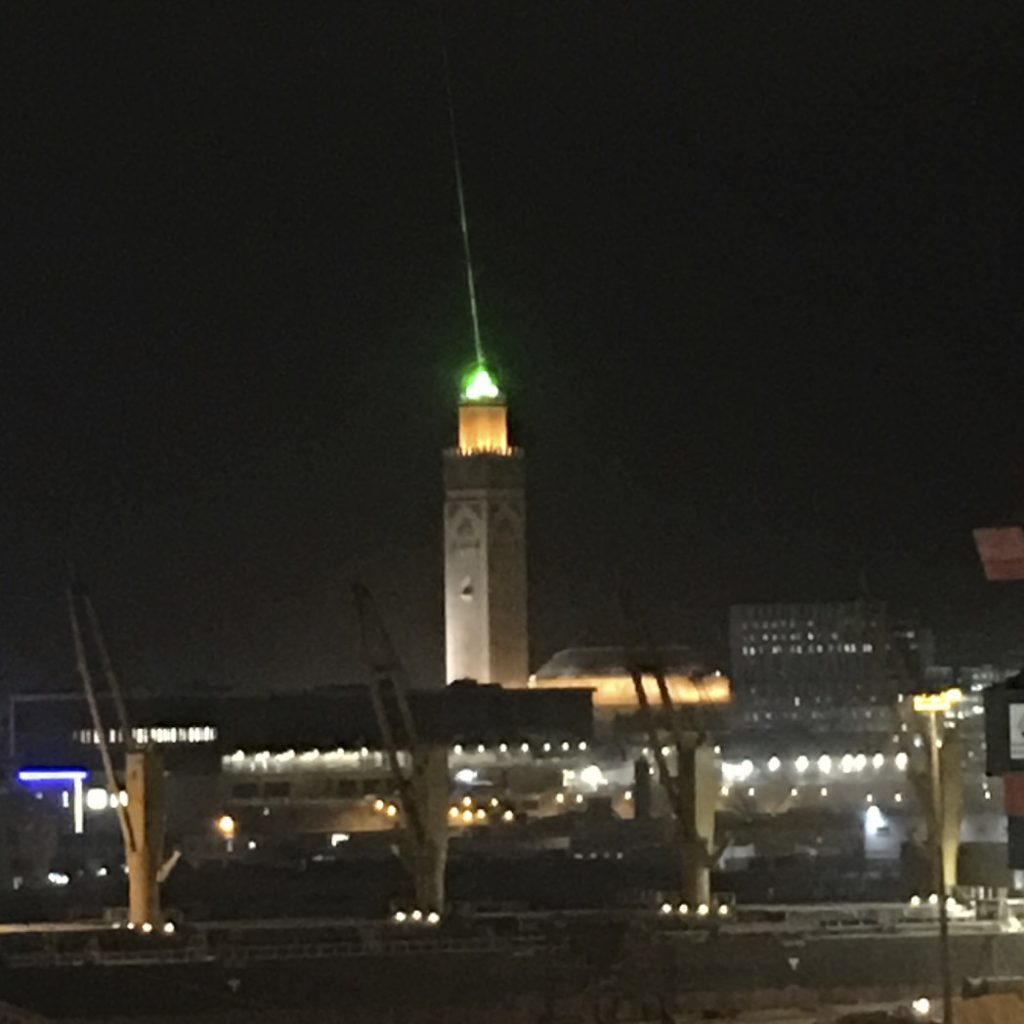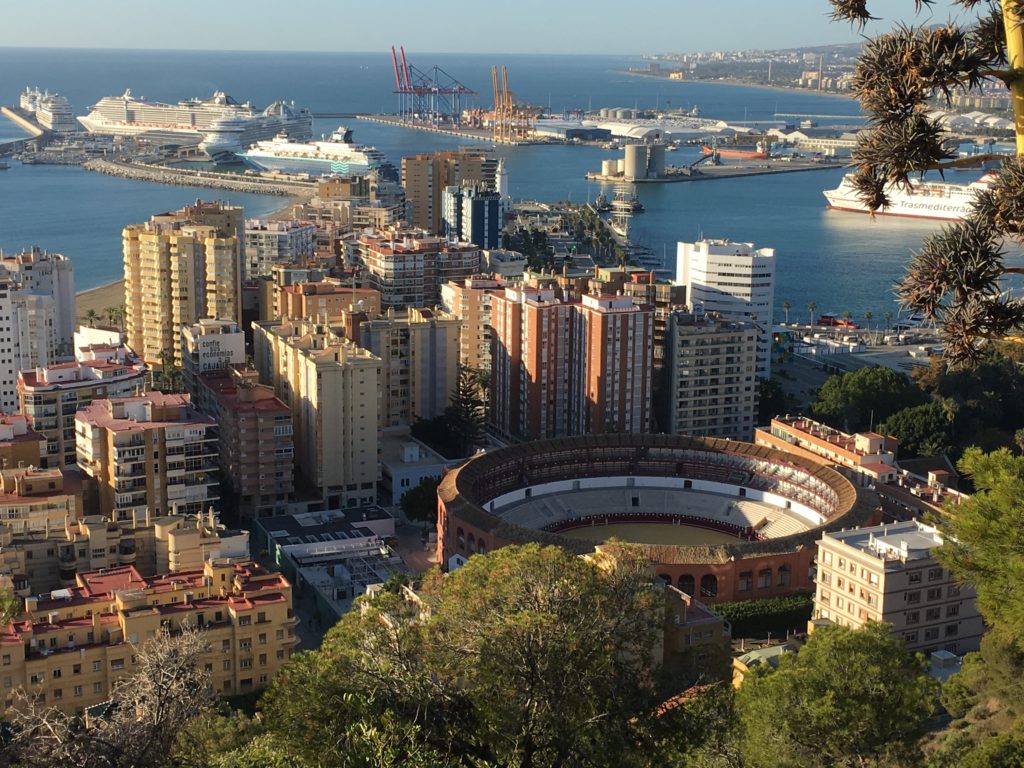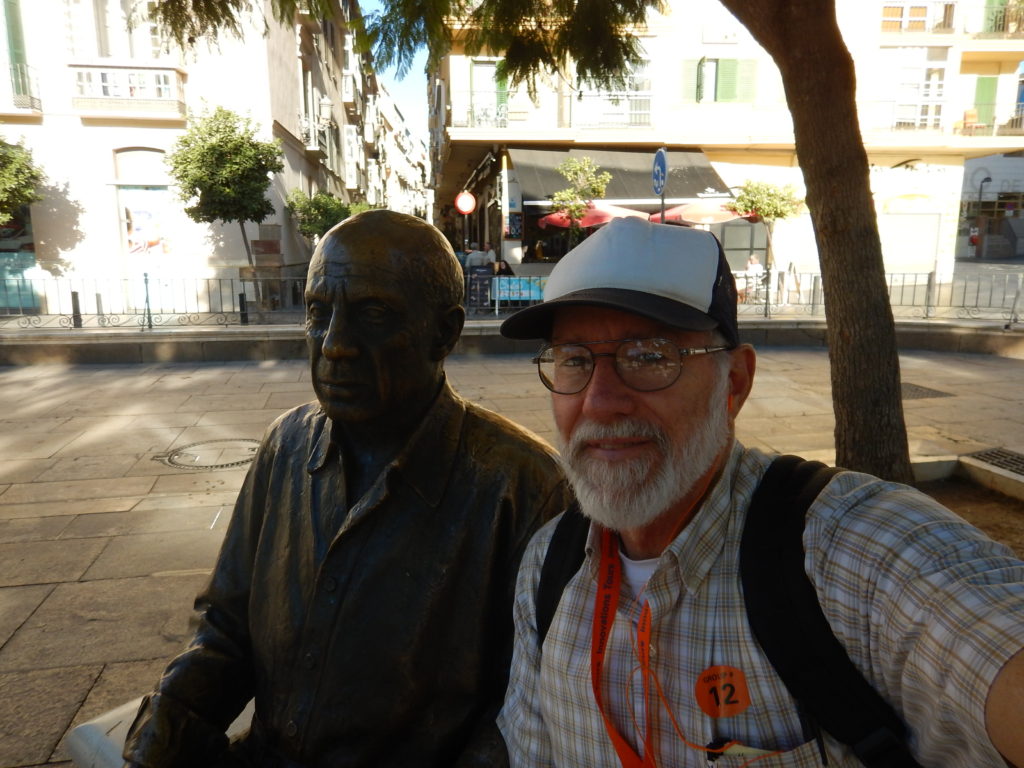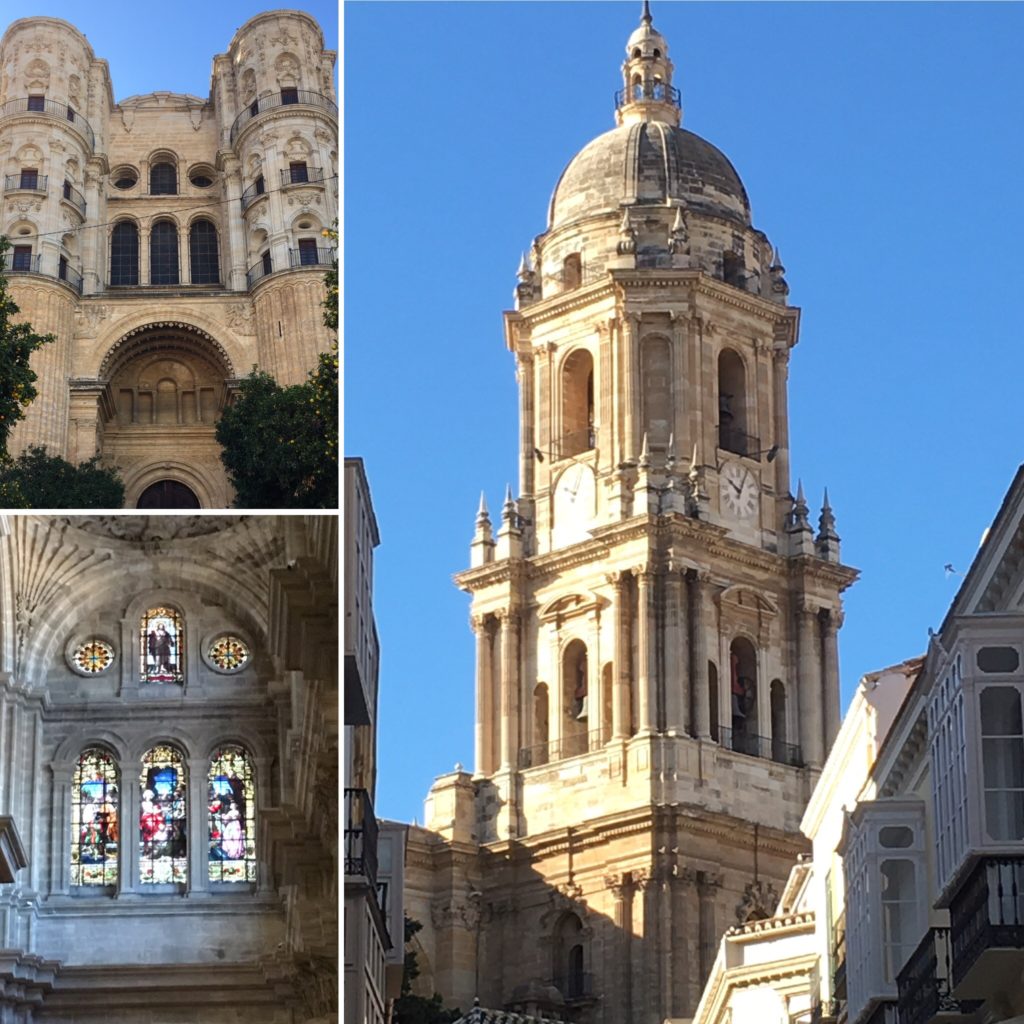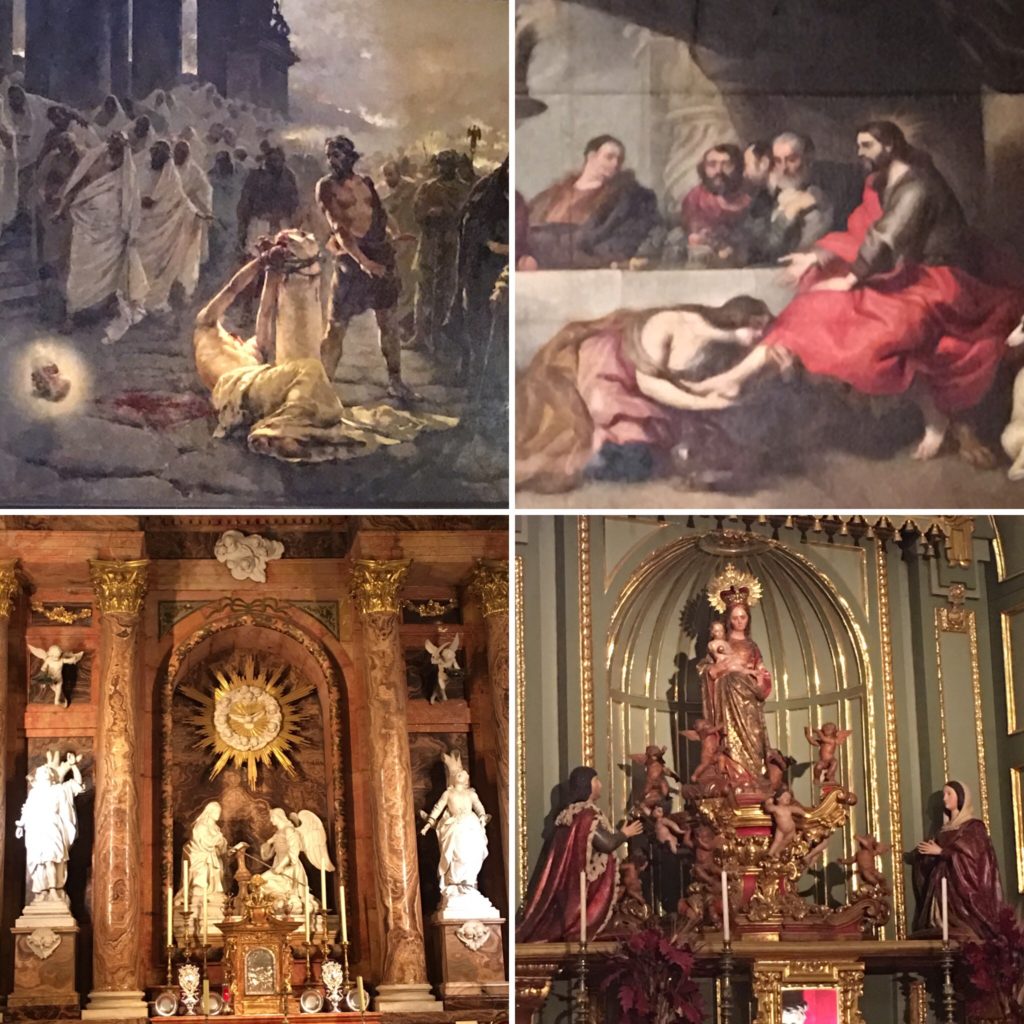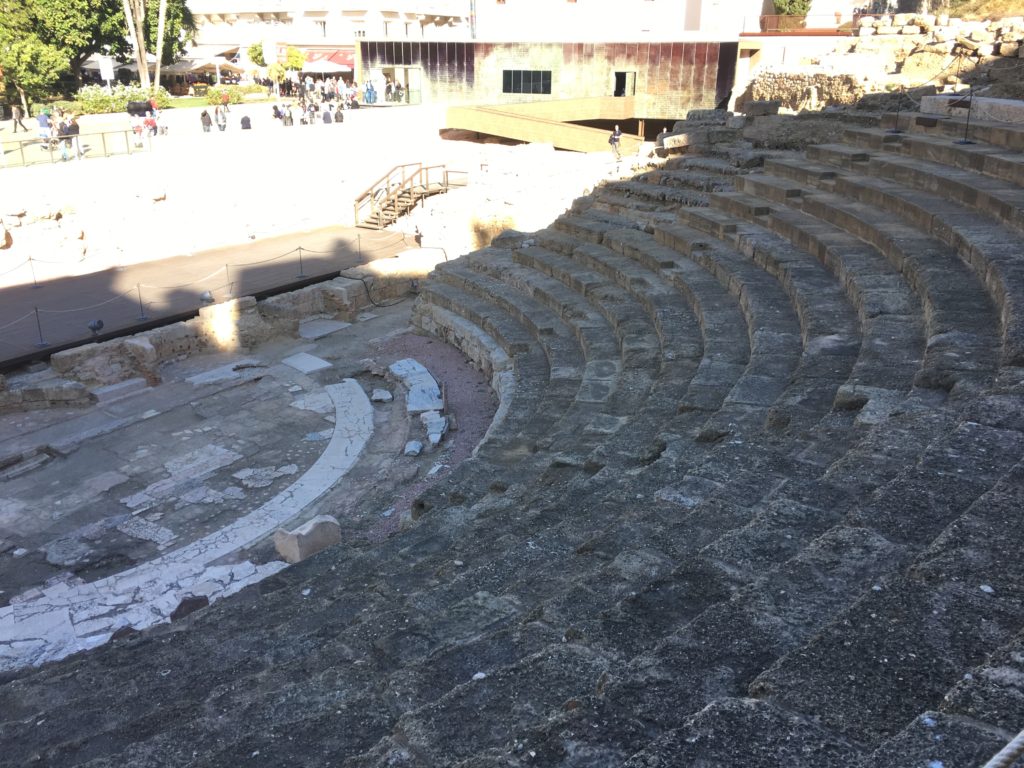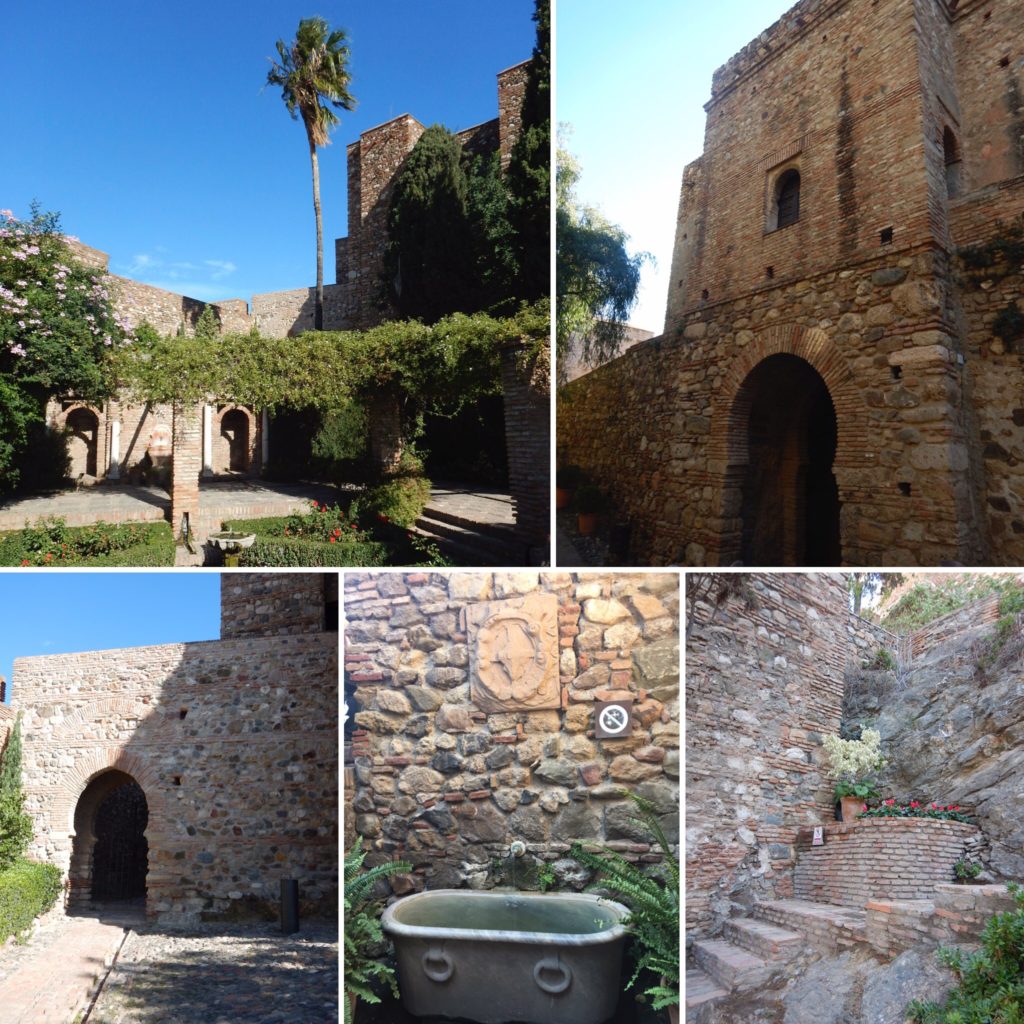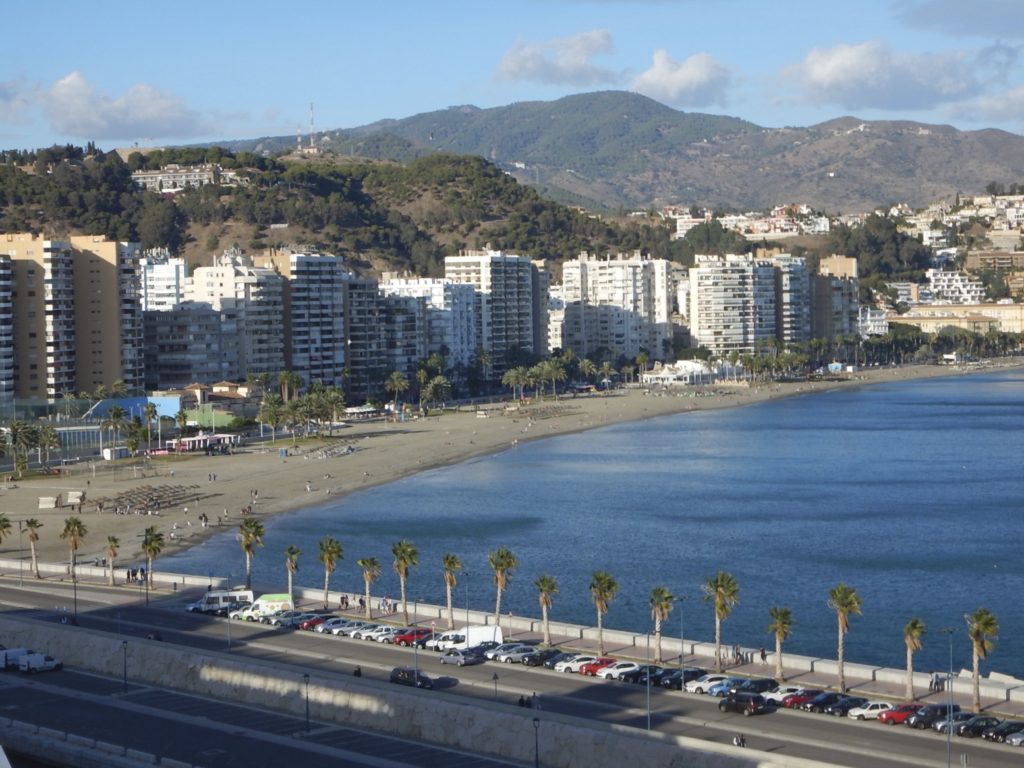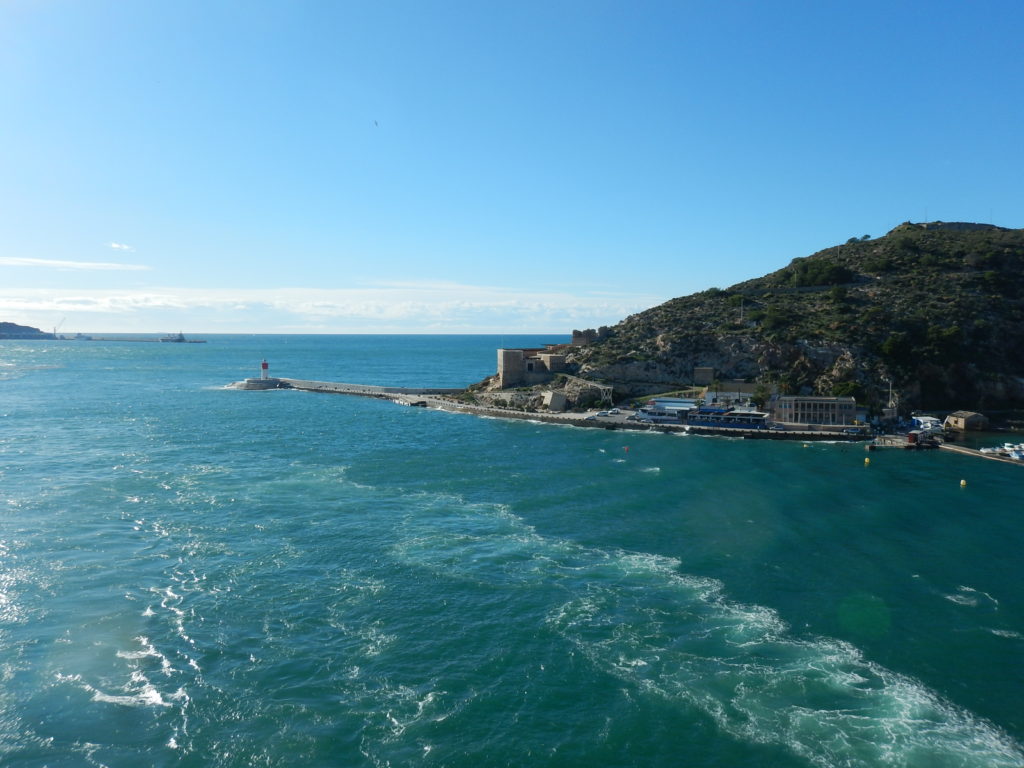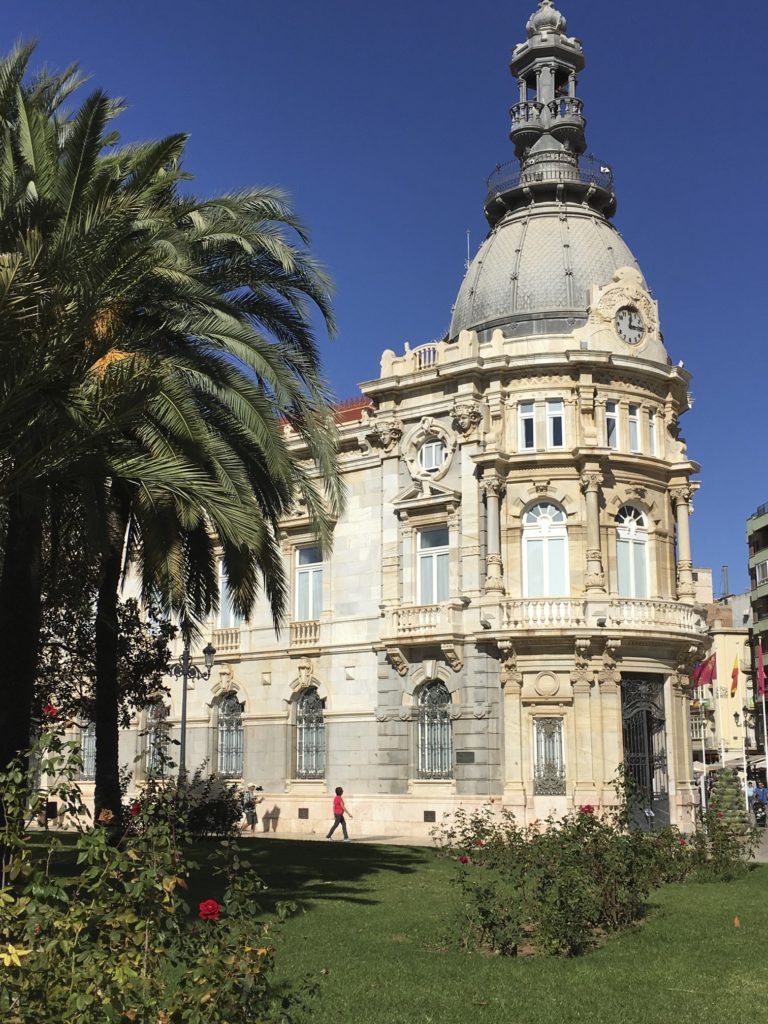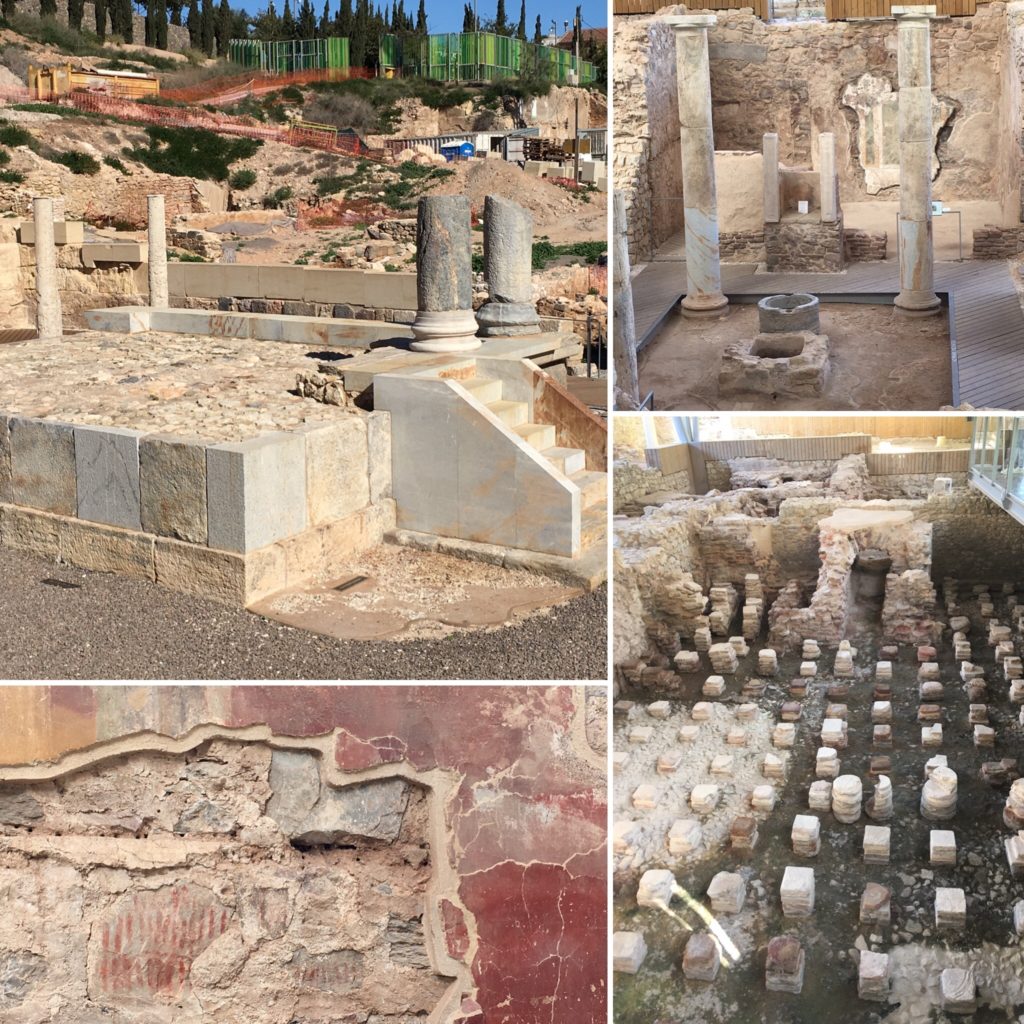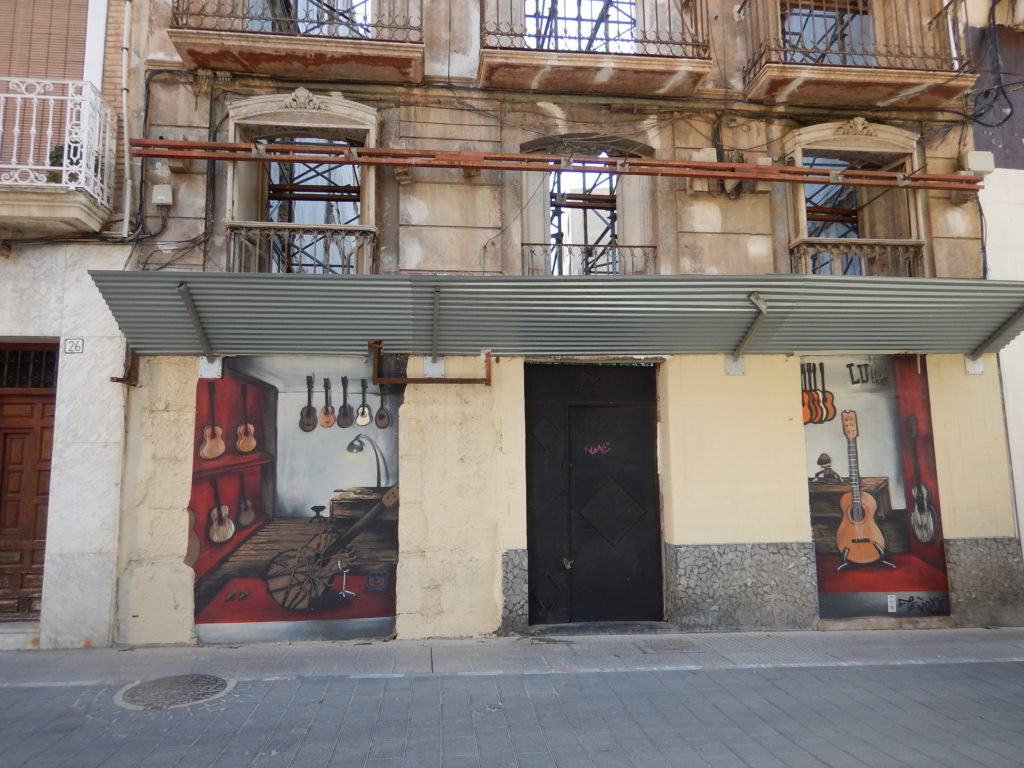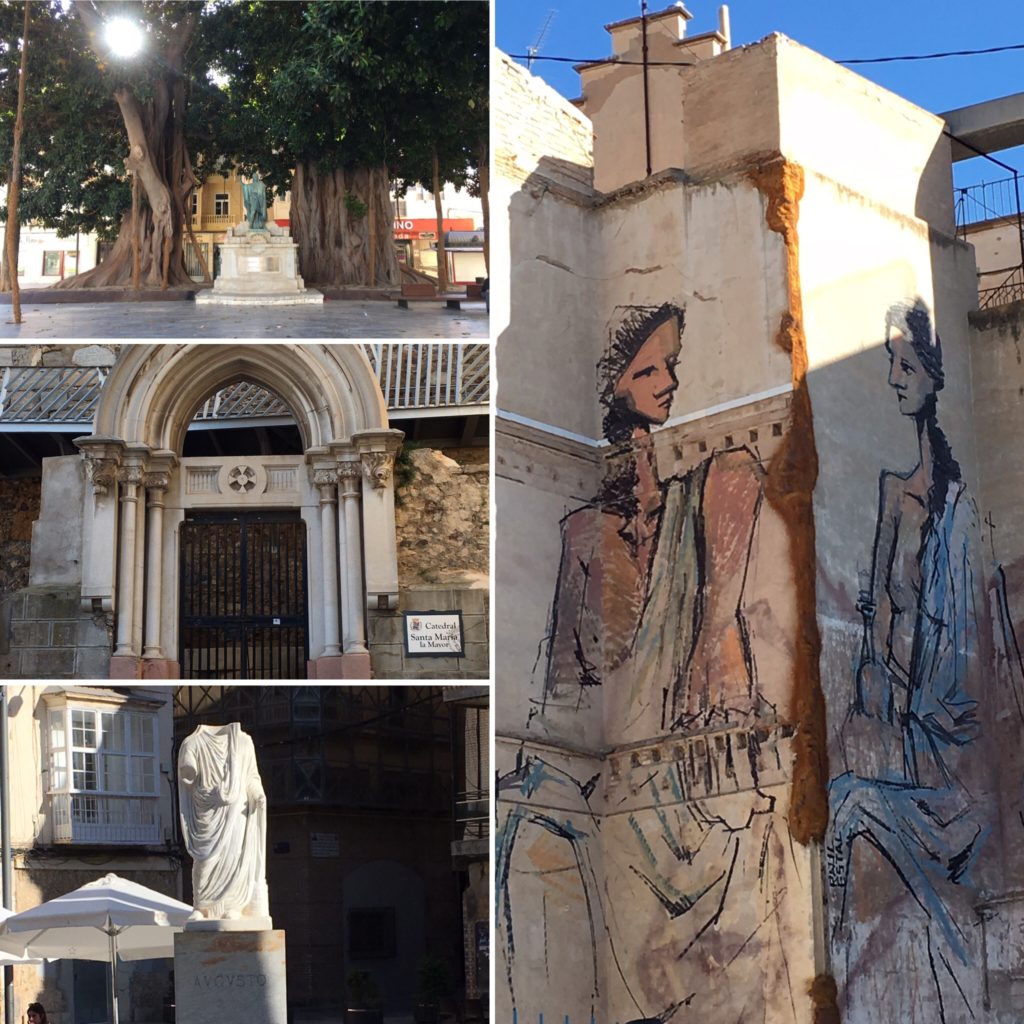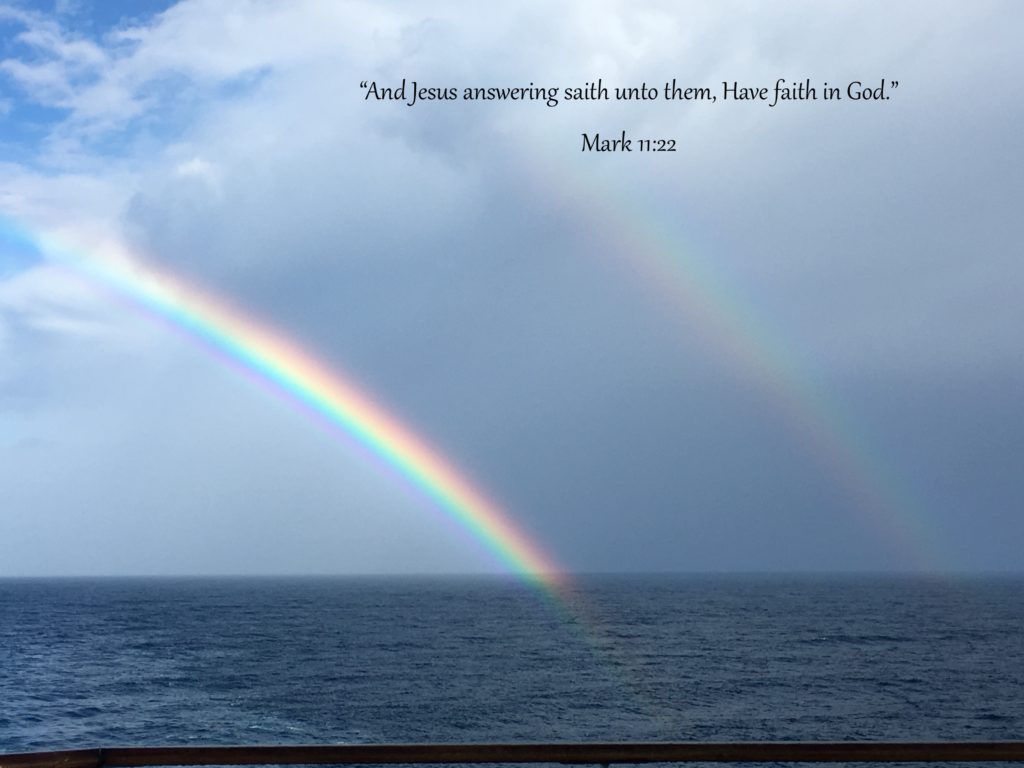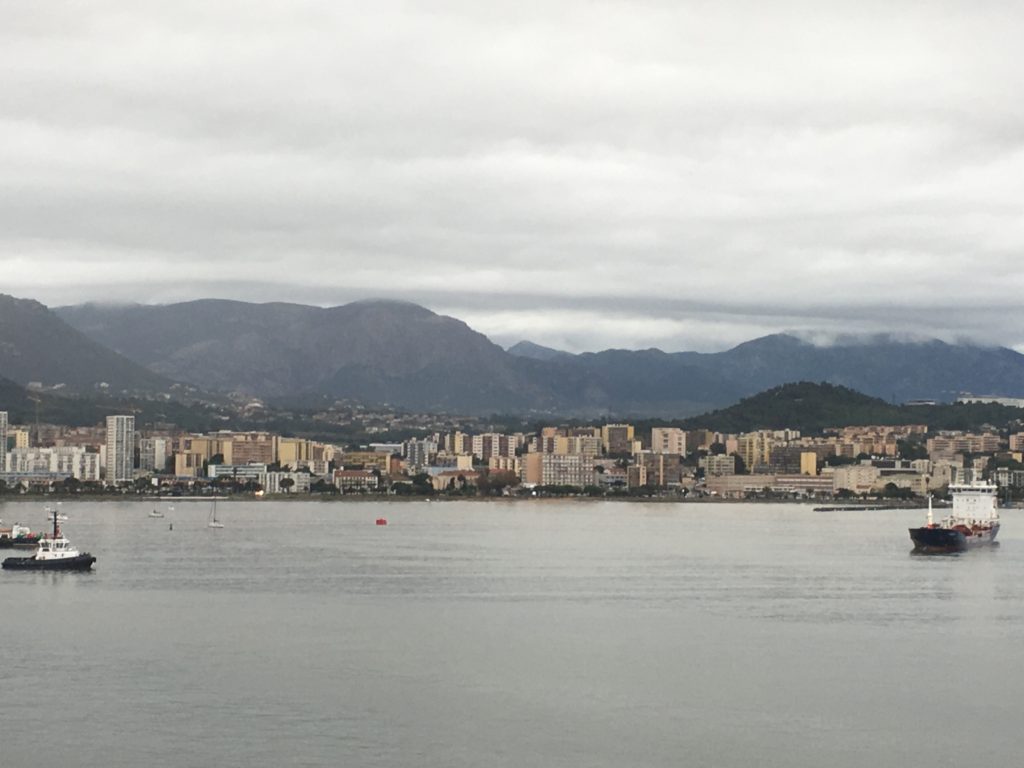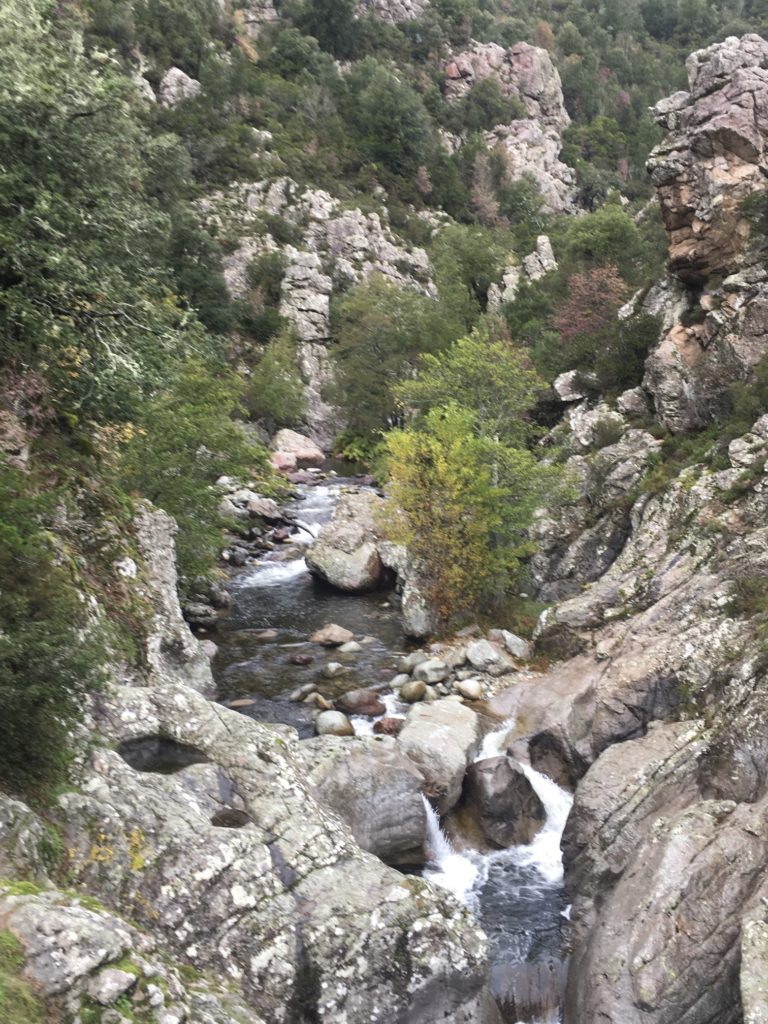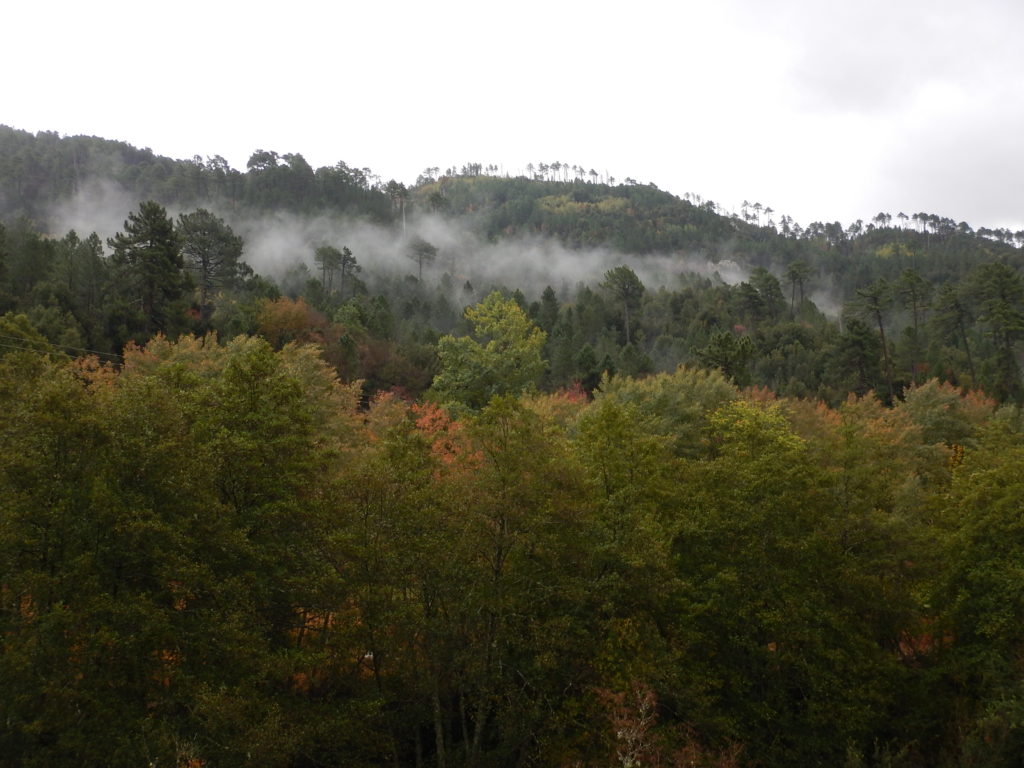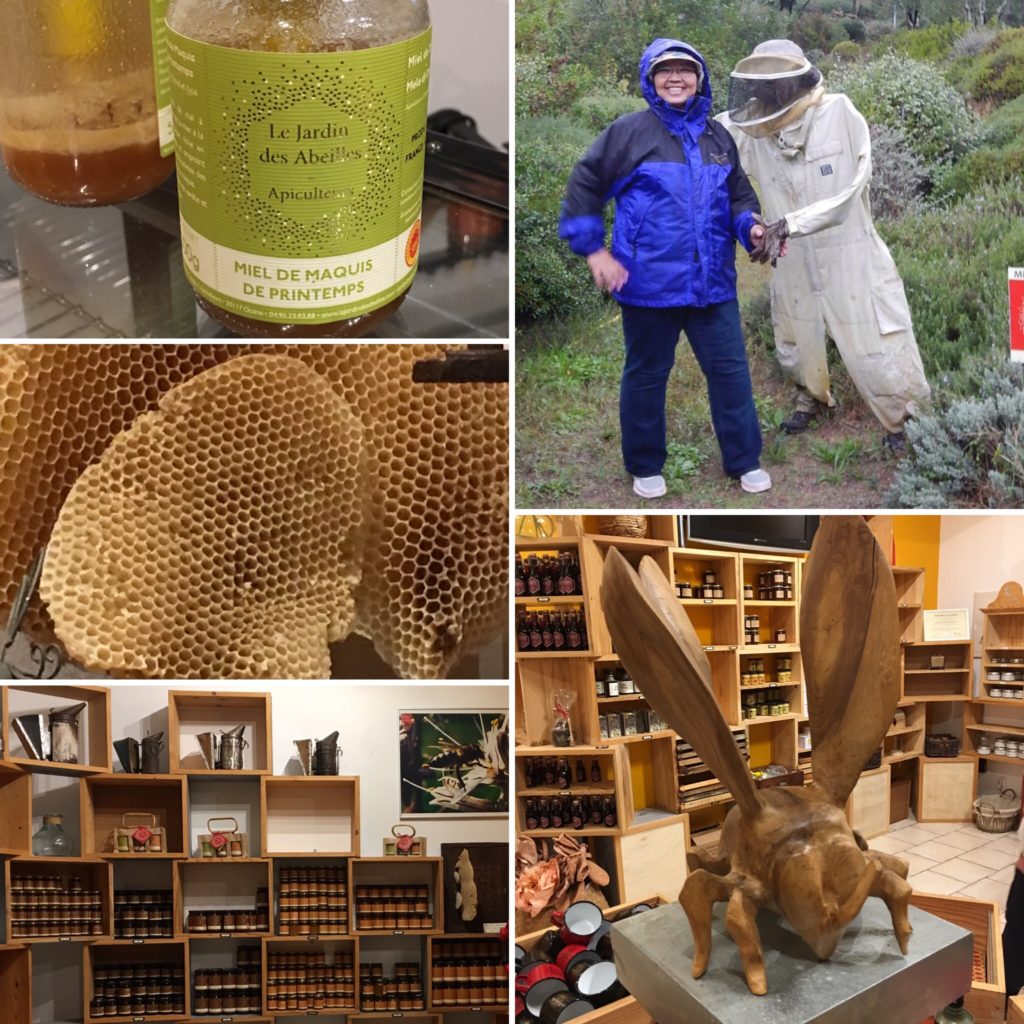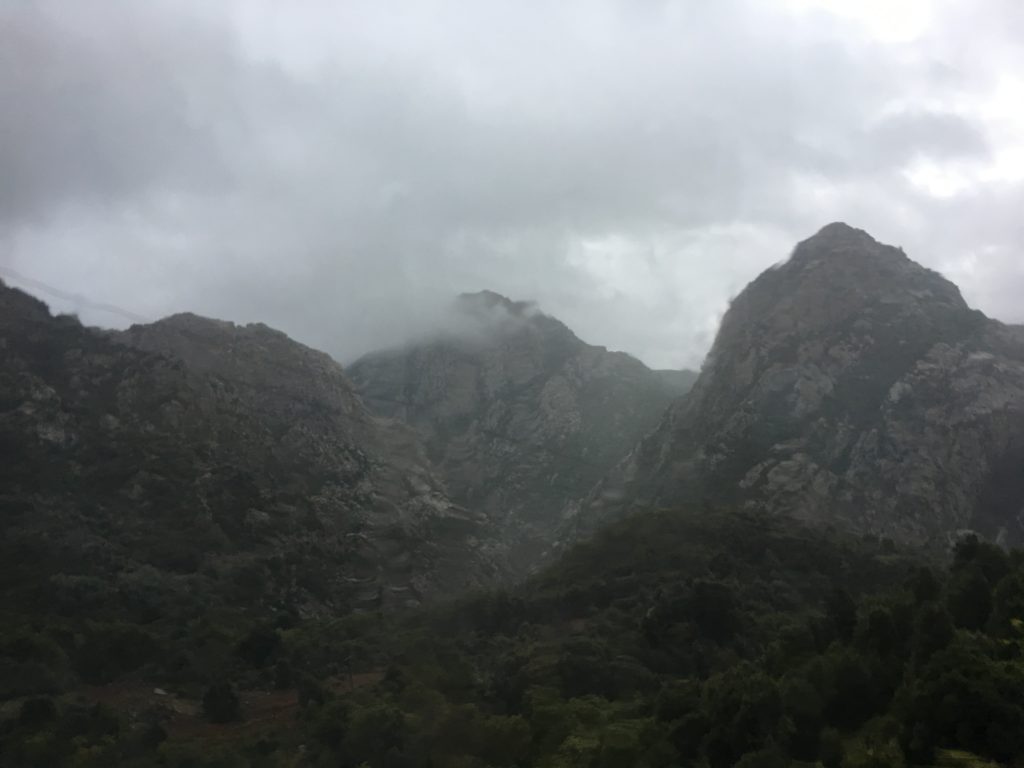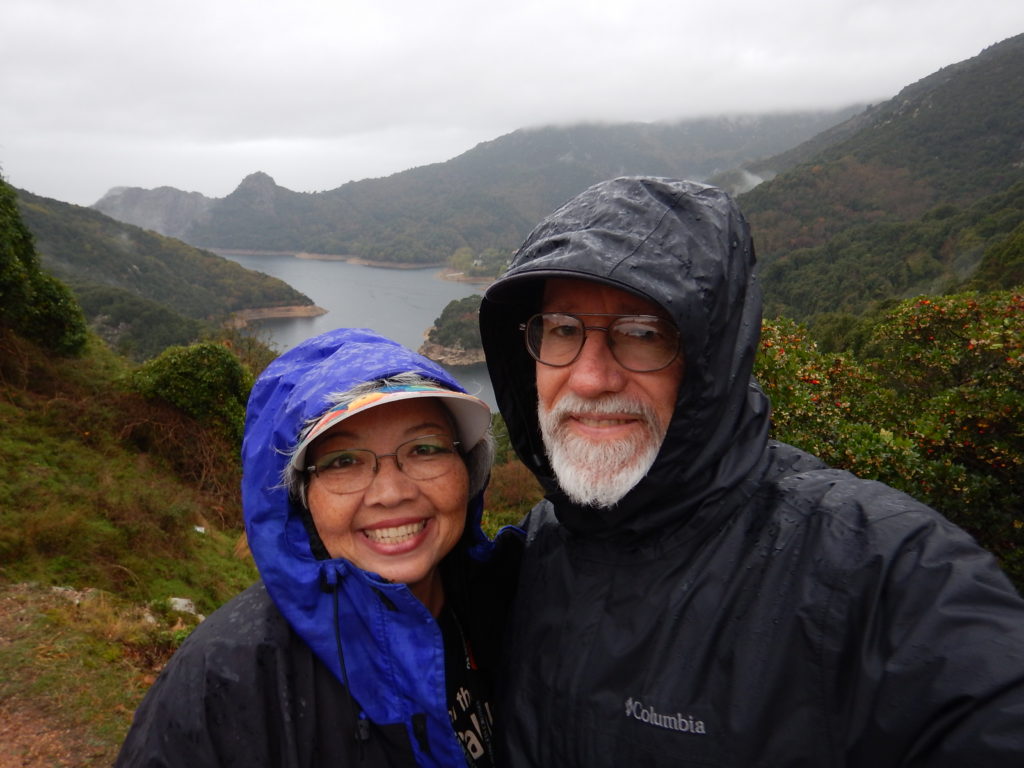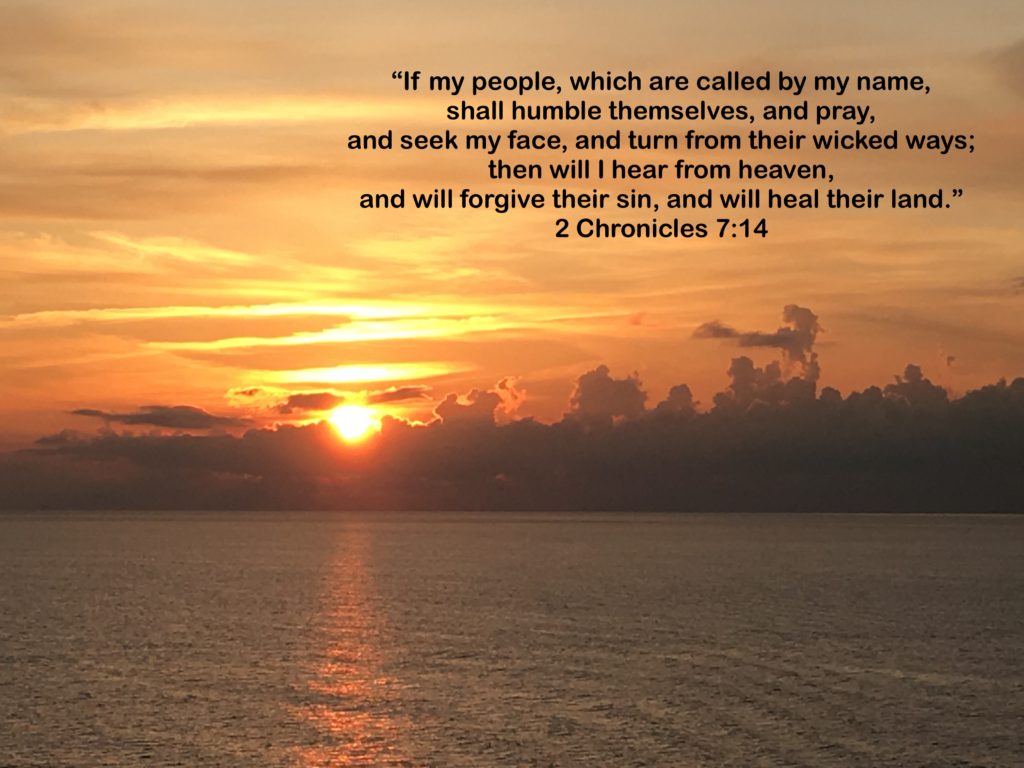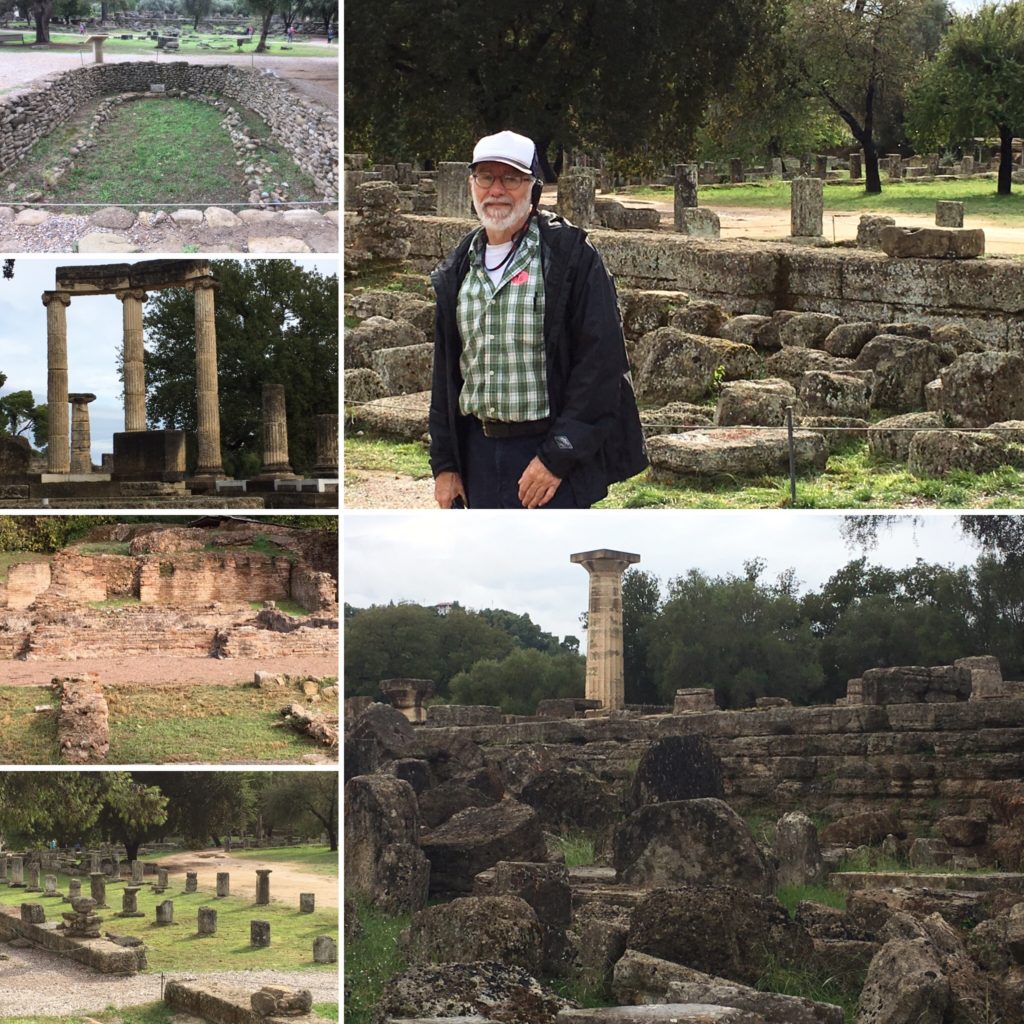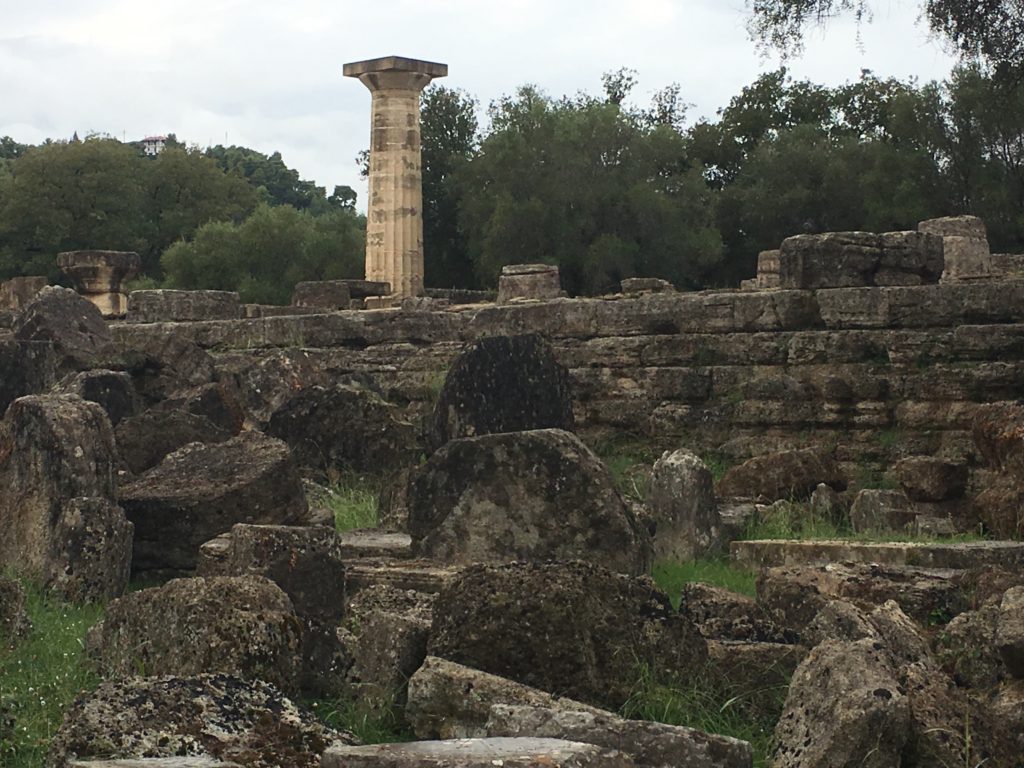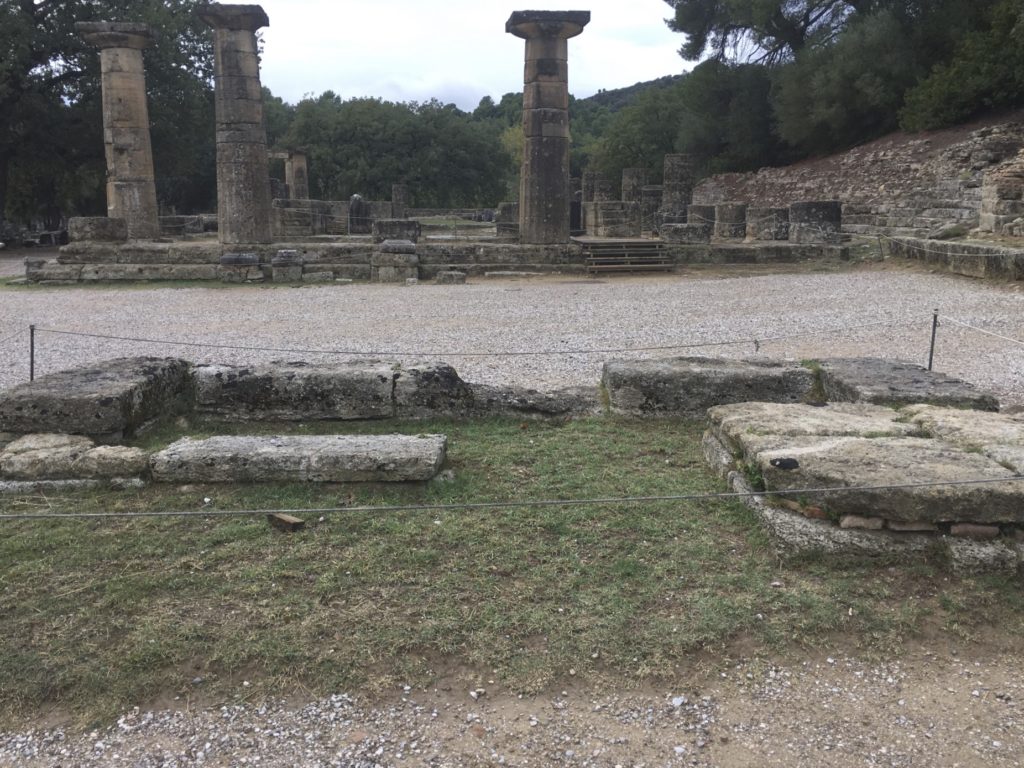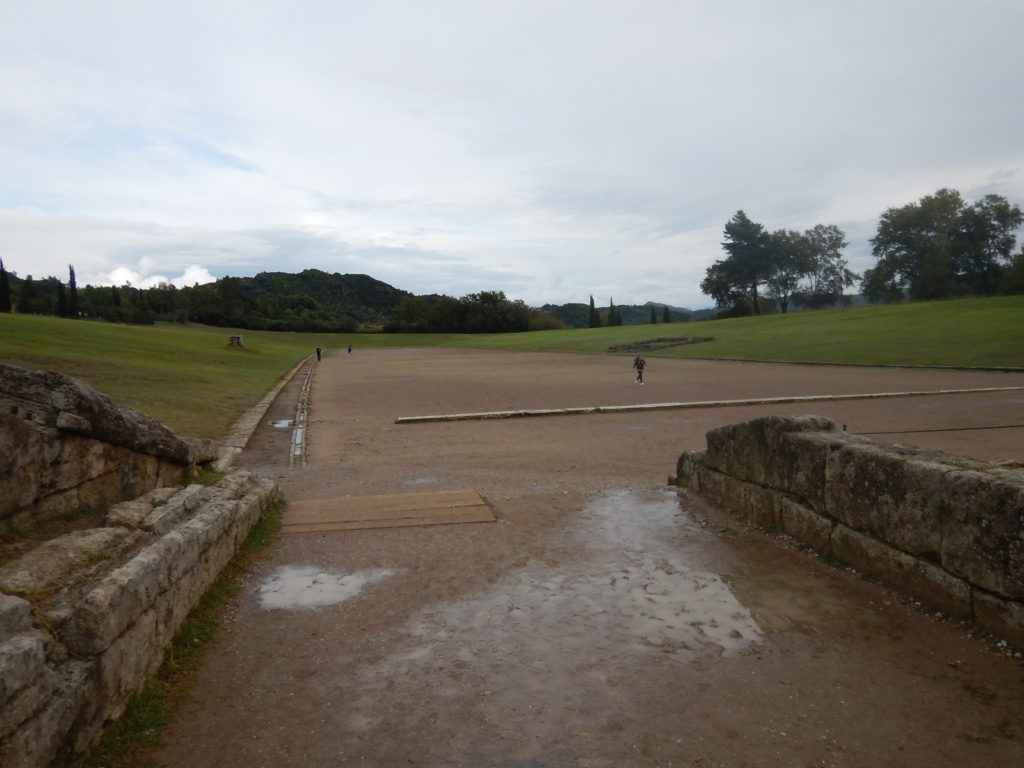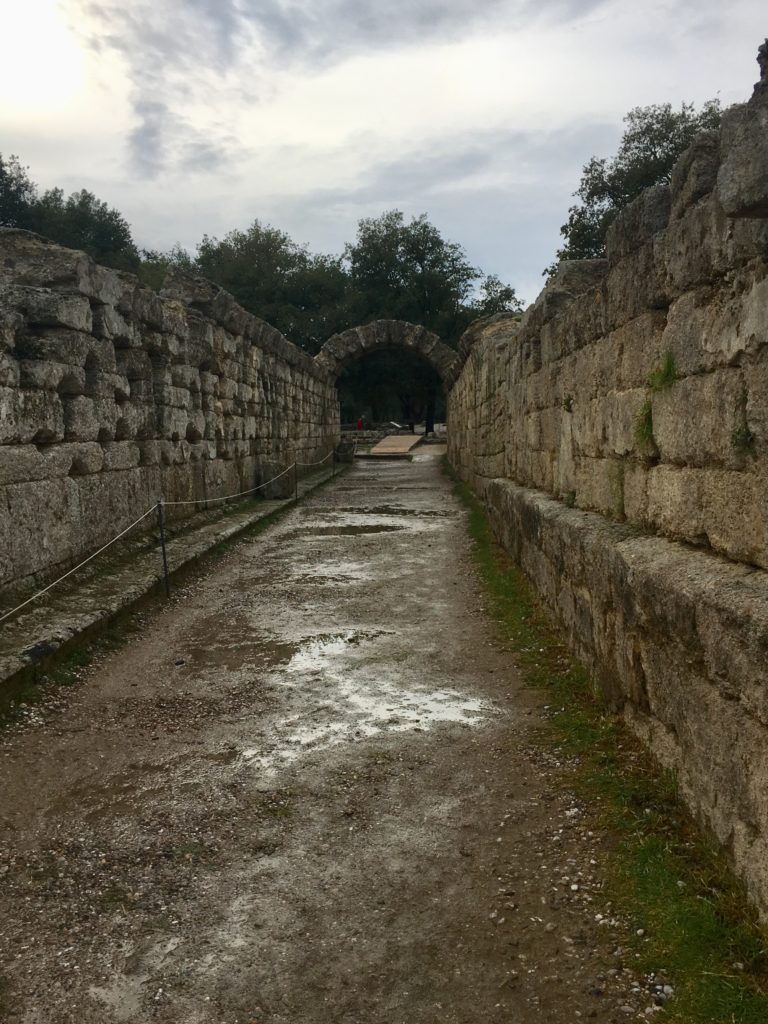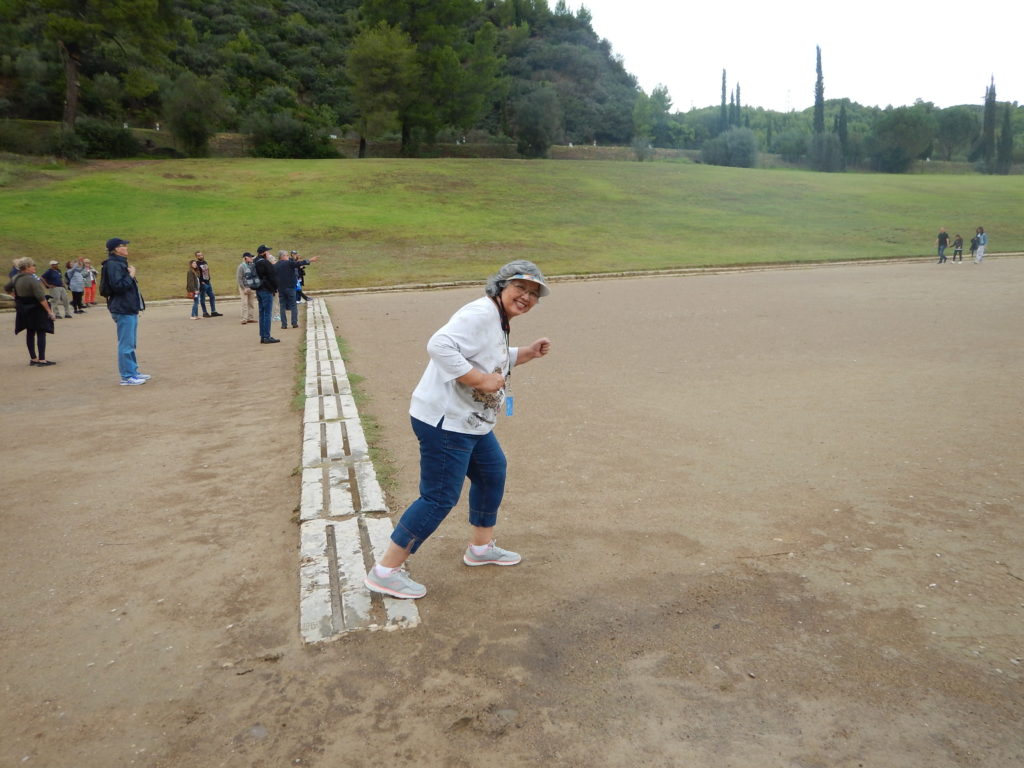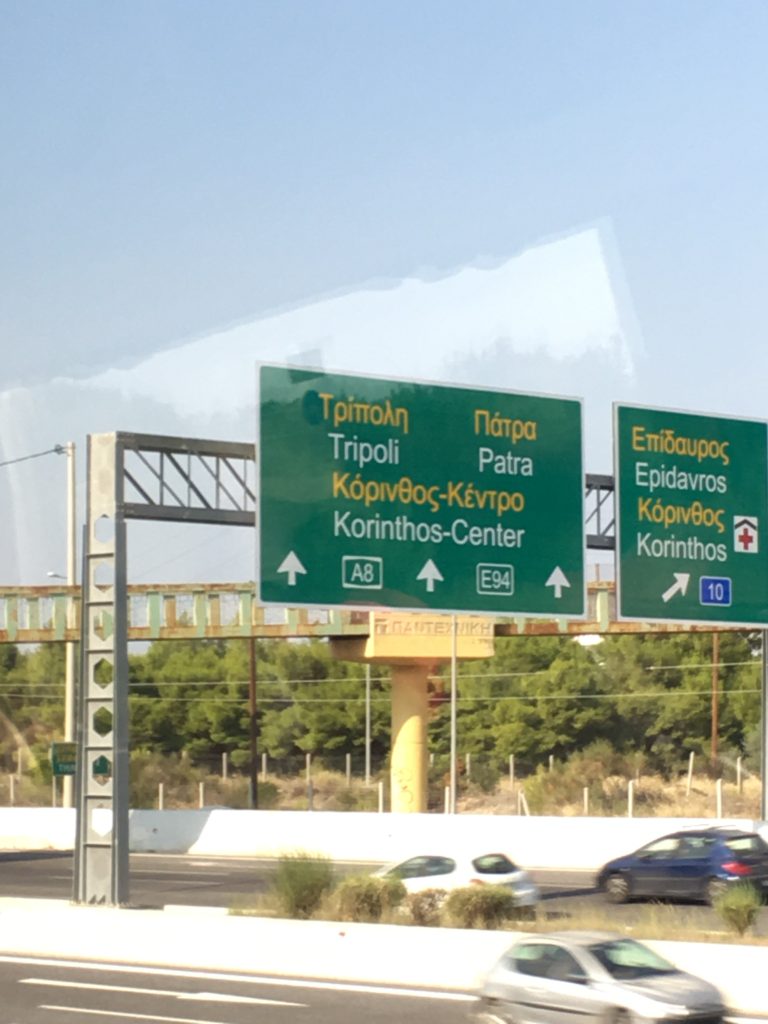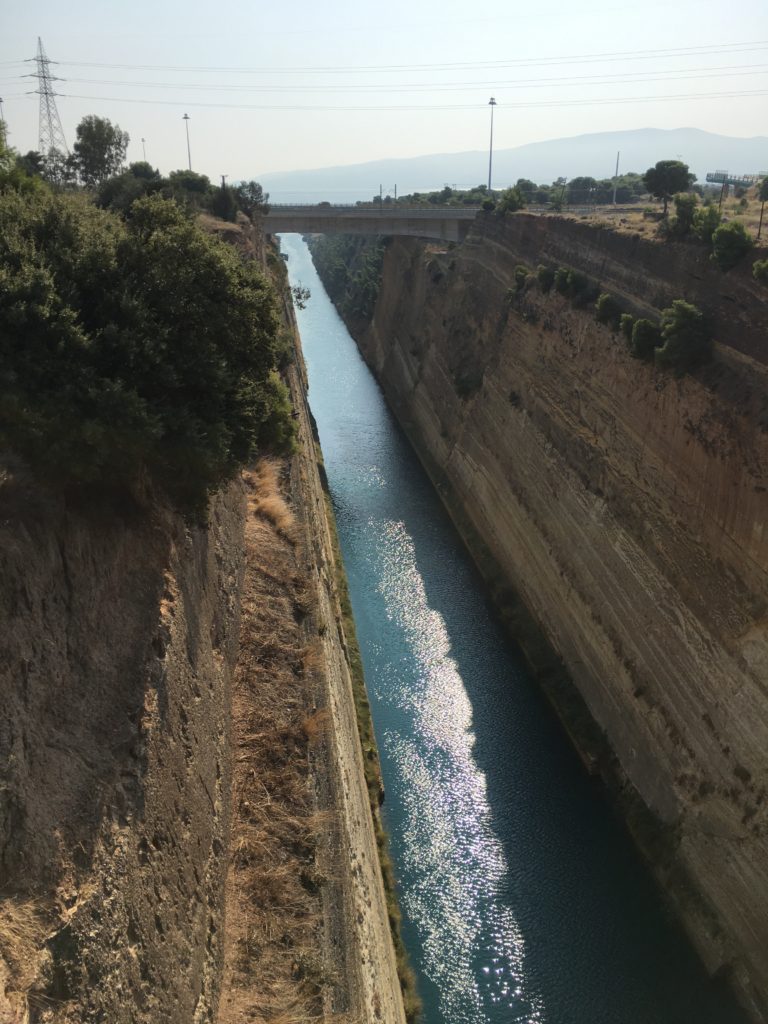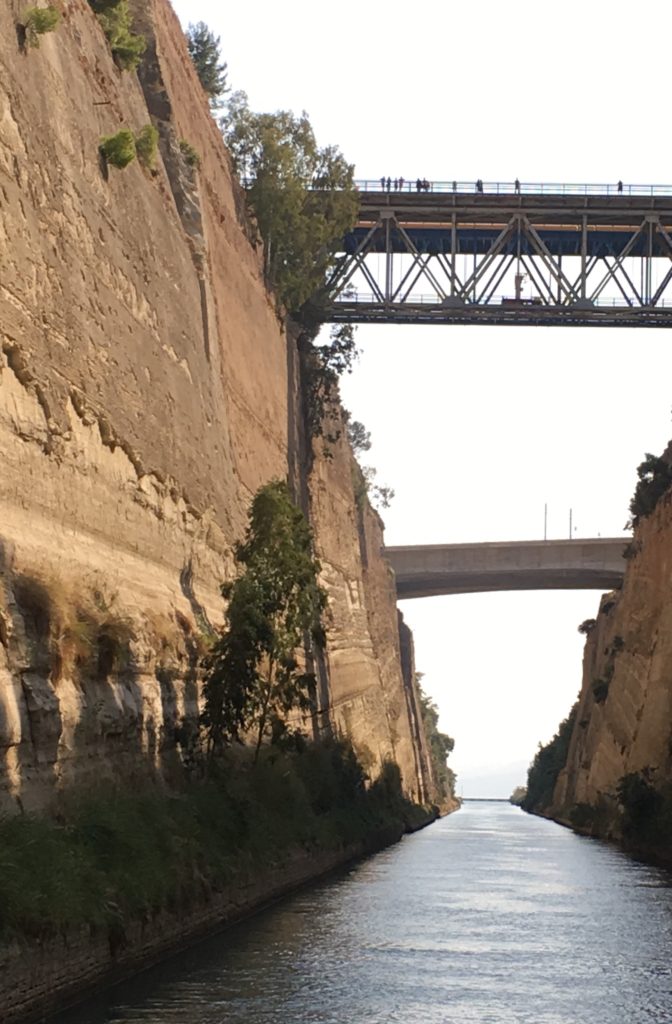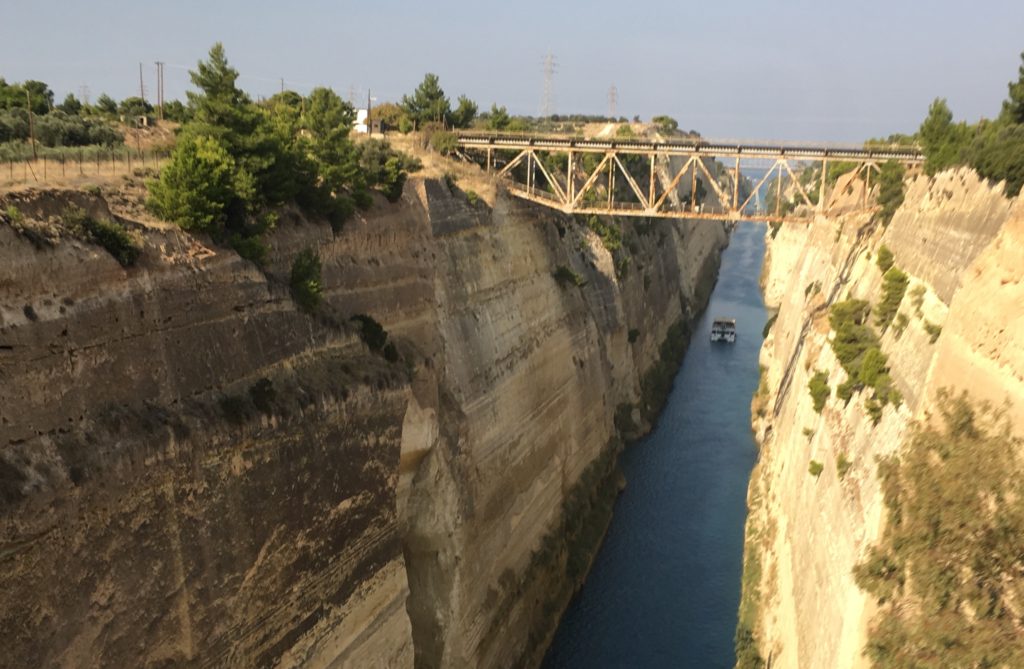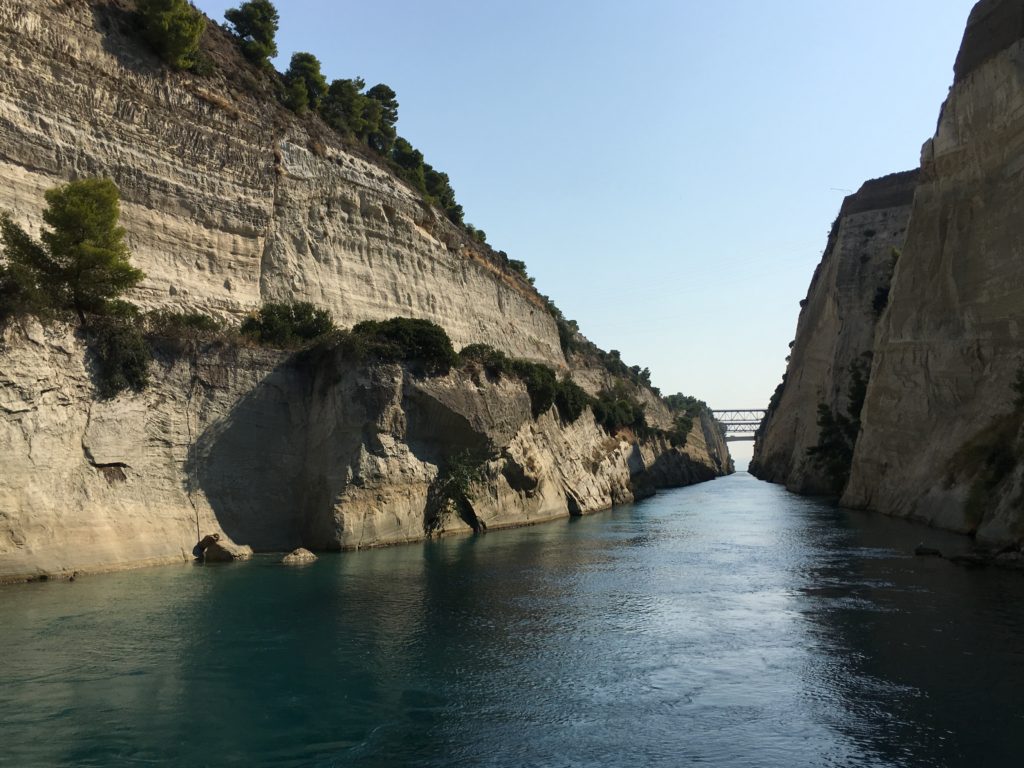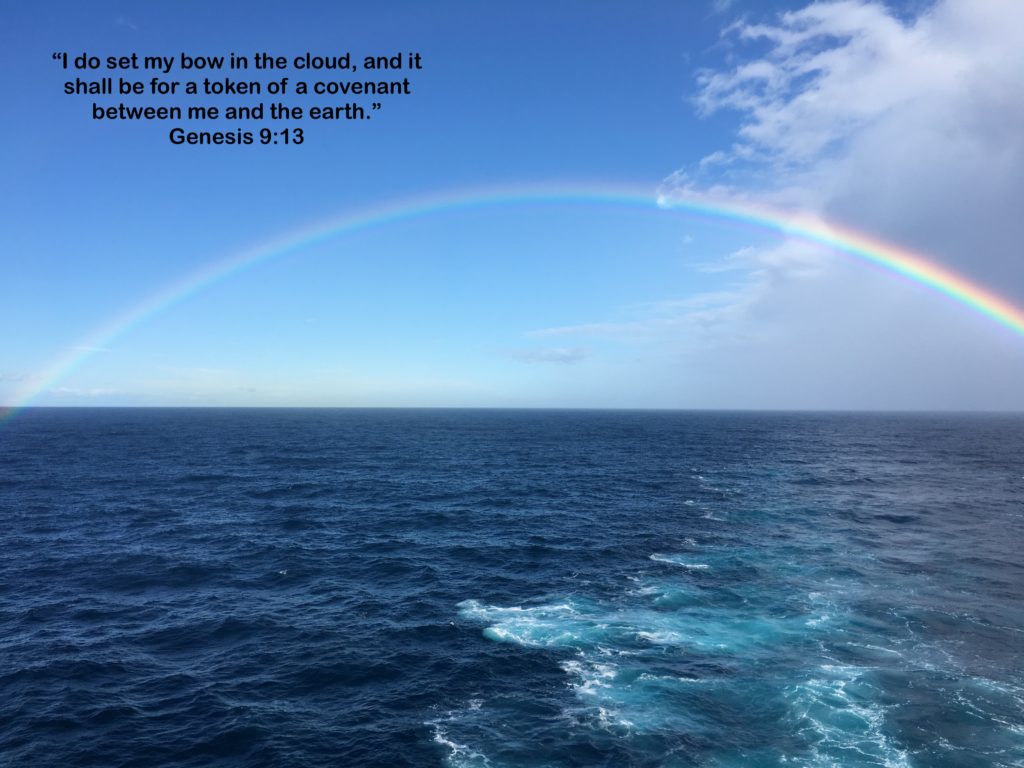
“And Joseph said unto his brethren, I die: and God will surely visit you, and bring you out of this land unto the land which he sware to Abraham, and Isaac, and to Jacob.” Genesis 50:2
Mary Poppins is a well-known fictitious nanny who is often remembered for her sayings such as “a spoonful of sugar helps the medicine go down” and “supercalifragilisticexpialidocious.” I have always remembered one of her comments she made regarding to promises. When one of the children made a promise to her, she stated that it was a “piecrust promise,” meaning it was easily made and easily broken. Piecrust promises are not those upon which you can depend, and it does not foster a trusting relationship between the parties involved.
Thankfully, when our God makes a promise, it is never a piecrust promise!
In the last chapter of Genesis, Joseph is near his death when he speaks these words to his brothers. He reminds them that God will keep His word, and bring them to the land that He has promised their forefathers.
It is important for us to remember that God always keeps His promises. Here are a few examples in the Bible where God has promised and then kept His word.
- He promised to deliver Noah from the judgment of the flood (Genesis 6:17, Genesis 8:16 fulfilled)
- He promised Abraham a son (Genesis 17:16 promised, Genesis 21:2)
- He promised to deliver the Israelites from the Egyptians (Exodus 3:8 promised, Exodus 14:30 fulfilled)
- He promised to bring the Israelites to the Promised Land (Deuteronomy 27:3 promised, Joshua 24:13 fulfilled)
- He promised to send a Messiah (Genesis 3:15 promised, Luke 2:11 fulfilled)
- He promised His resurrection (Matthew 26:32 promised, Luke 24:6 fulfilled)
- He promised to send the Holy Spirit (John 16:7 promised, Acts 2:4 fulfilled)
Because we consistently see that God kept His word in the past, we can have complete assurance that His promises that have yet to be fulfilled, soon will be. There is no doubt that God will keep His word in the future. This is exciting because the next promise to be fulfilled on God’s calendar was spoken by Jesus in John 14:3 “And if I go and prepare a place for you, I will come again, and receive you unto myself; that where I am, there ye may be also.” That promise could be fulfilled this very day!
Never forget that God is faithful to do that which He has promised, but His timetable may not necessarily be the same as ours. He will act according to His perfect will and according to what is best for us. All we need to do is trust Him to do as He says!
Standing on the promises of Christ my king,
Through eternal ages let His praises ring,
Glory in the highest, I will shout and sing
Standing on the promises of God!
(from “Standing on the Promises” by Russell Kelso Carter)
“For all the promises of God in him are yea and in him Amen, unto the glory of God by us.” 2 Corinthians 1:20
***********
How has depending on God’s promises helped you through a difficult time or situation?
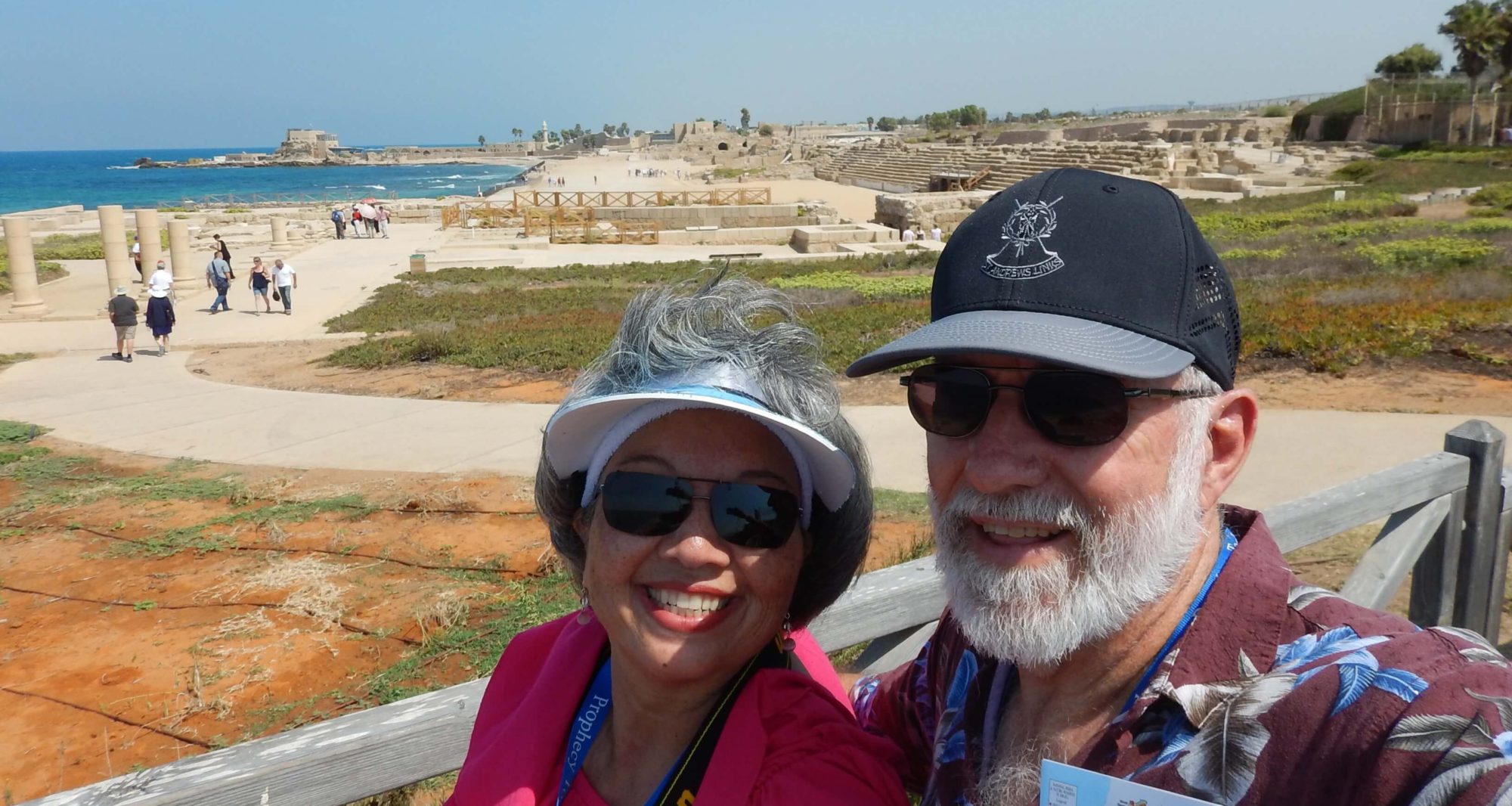
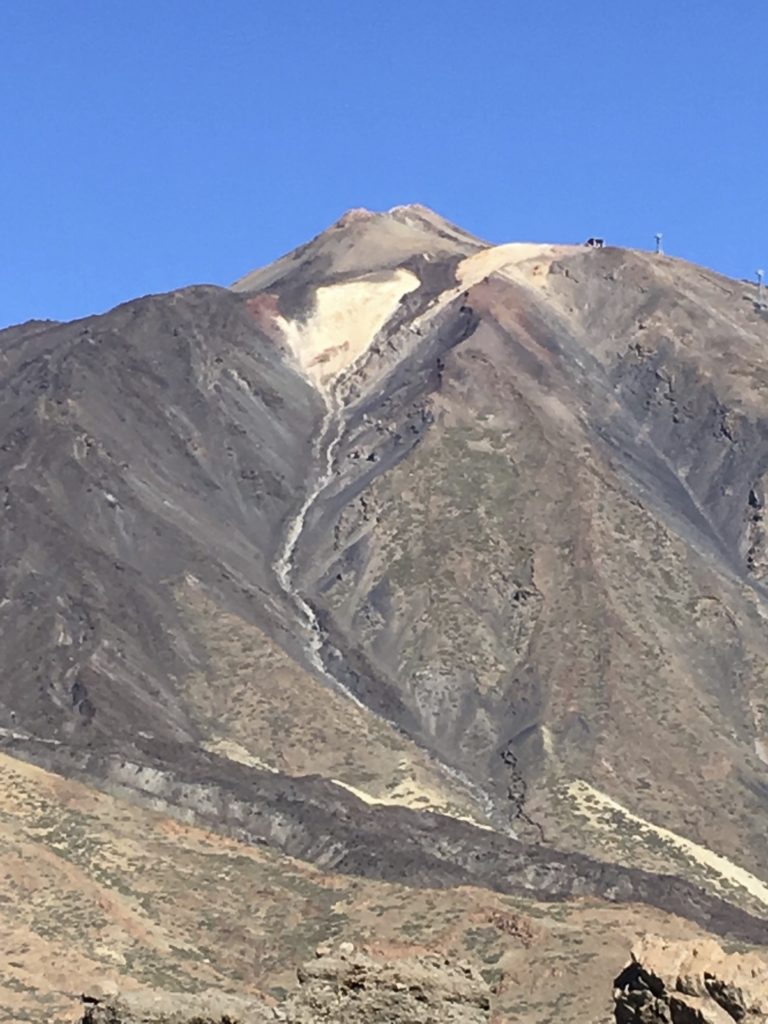 (Mt. Teide)
(Mt. Teide)